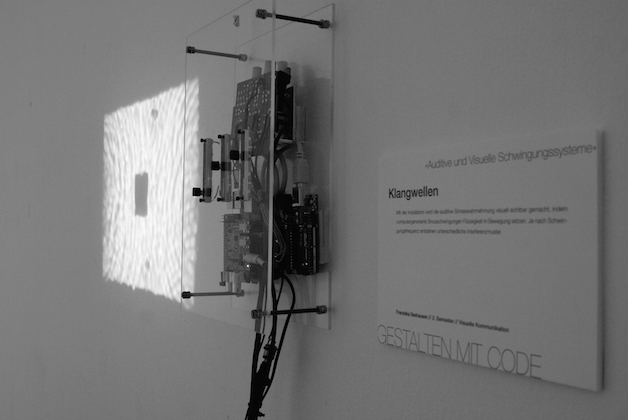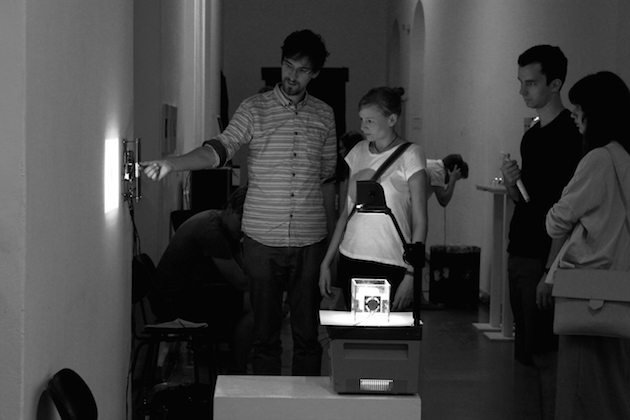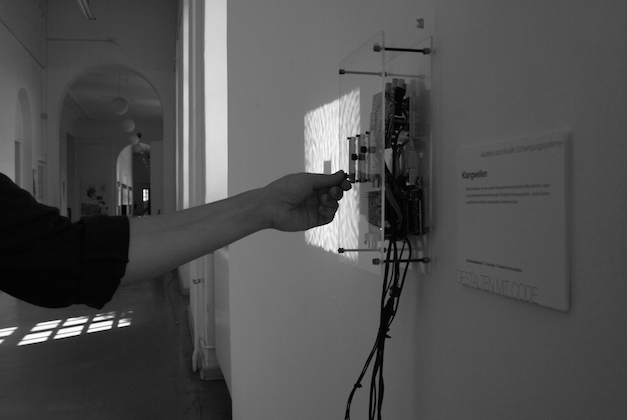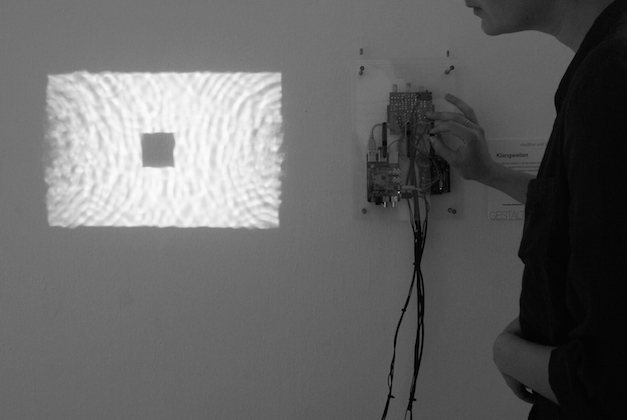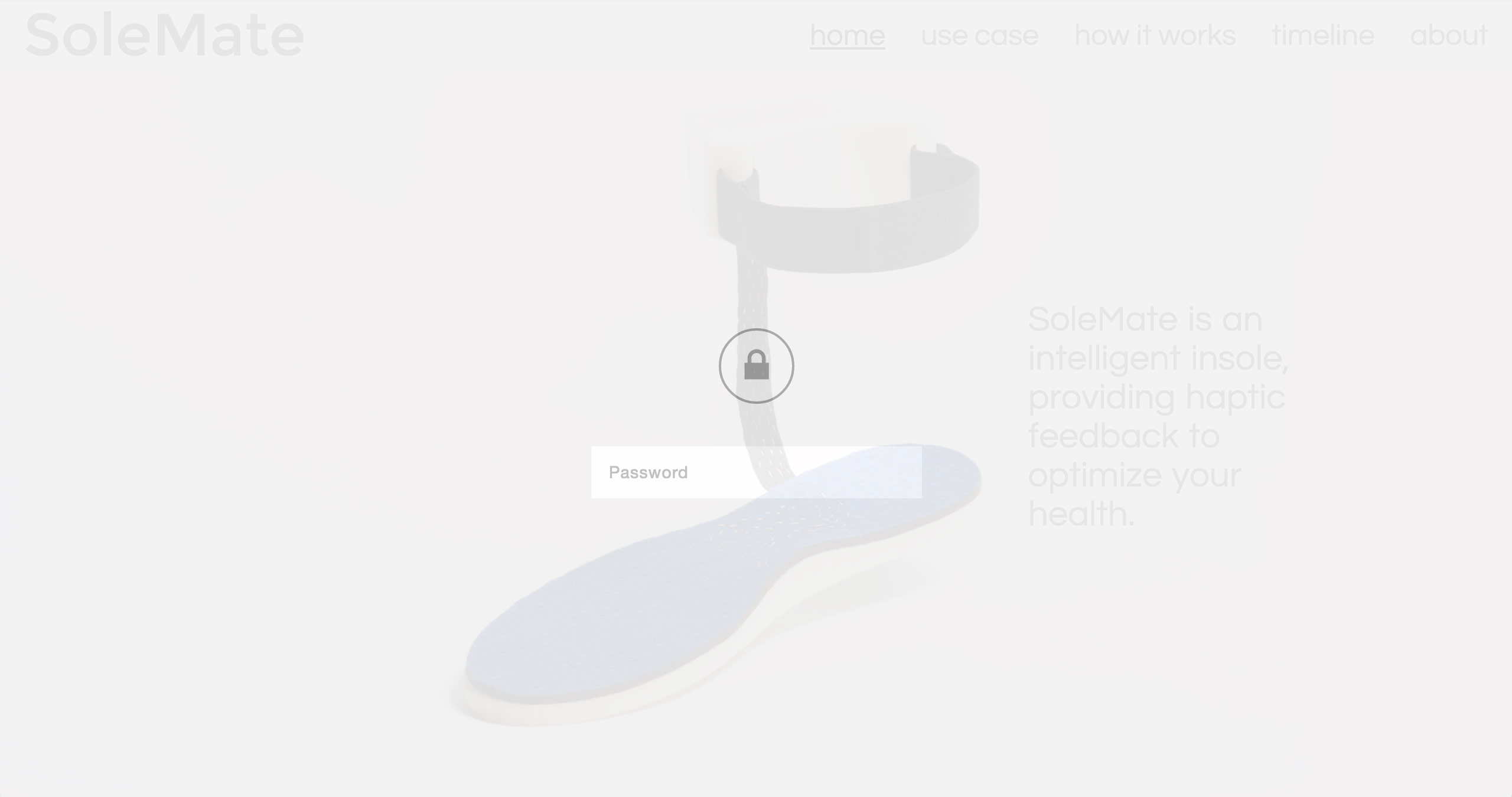Materialism of Things / manifesto
The philosophy and approach of MoT is introduced, explained and evaluated on the example of paper: Paper Gestures introduces and exemplifies the principles of the ongoing research project and theory MoT. It is a series of three responsive paper interfaces that react to and intra-act with human behaviour and their direct environment, transforming the ancient, previously passive and low-tech material into a dynamic, active and responding medium.
Visit materialismofthings.com for more information.
Master project in Design through New Materials
ELISAVA School of Design and Engineering
Barcelona, Spain
2020 – ongoing
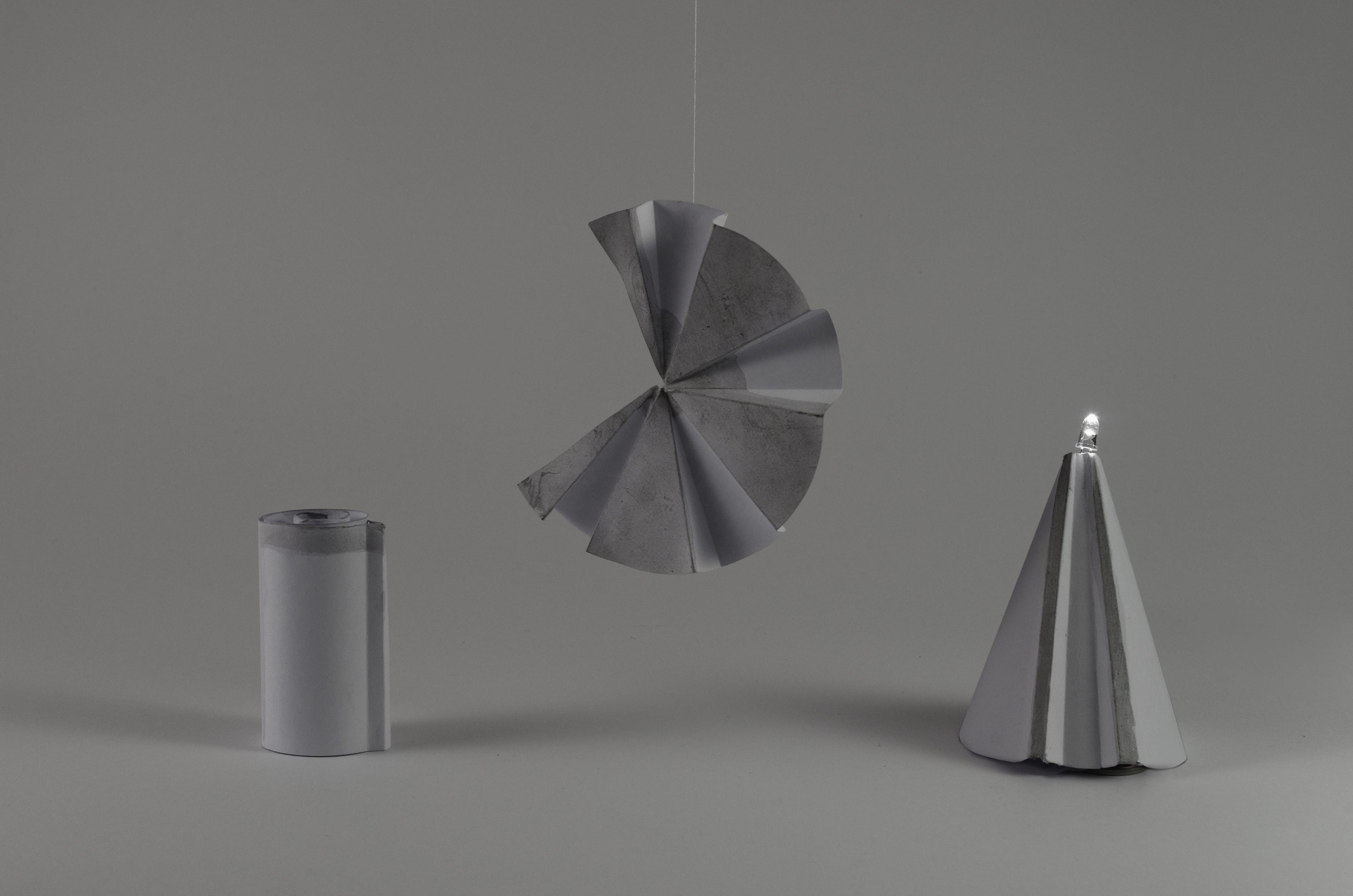
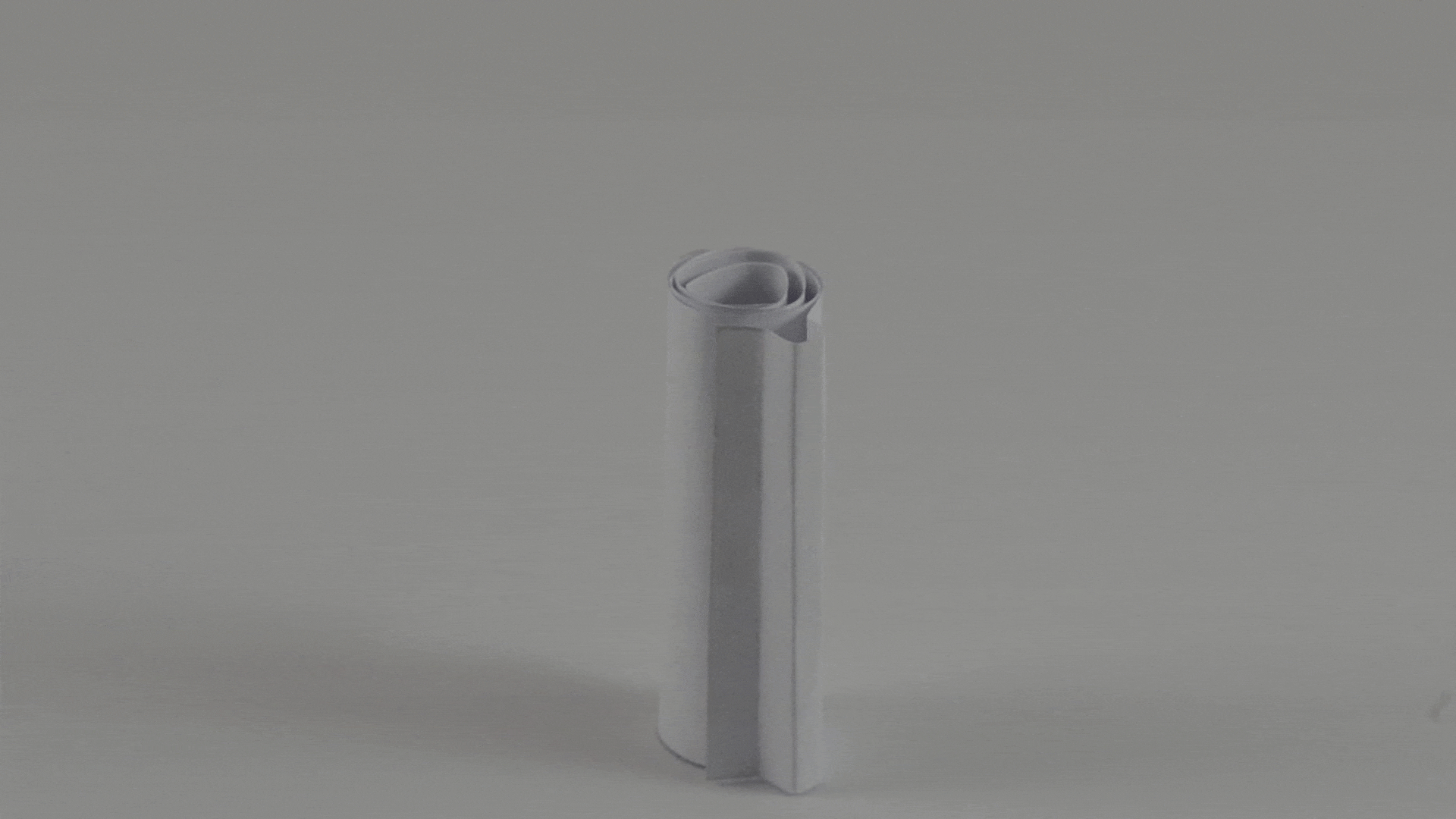
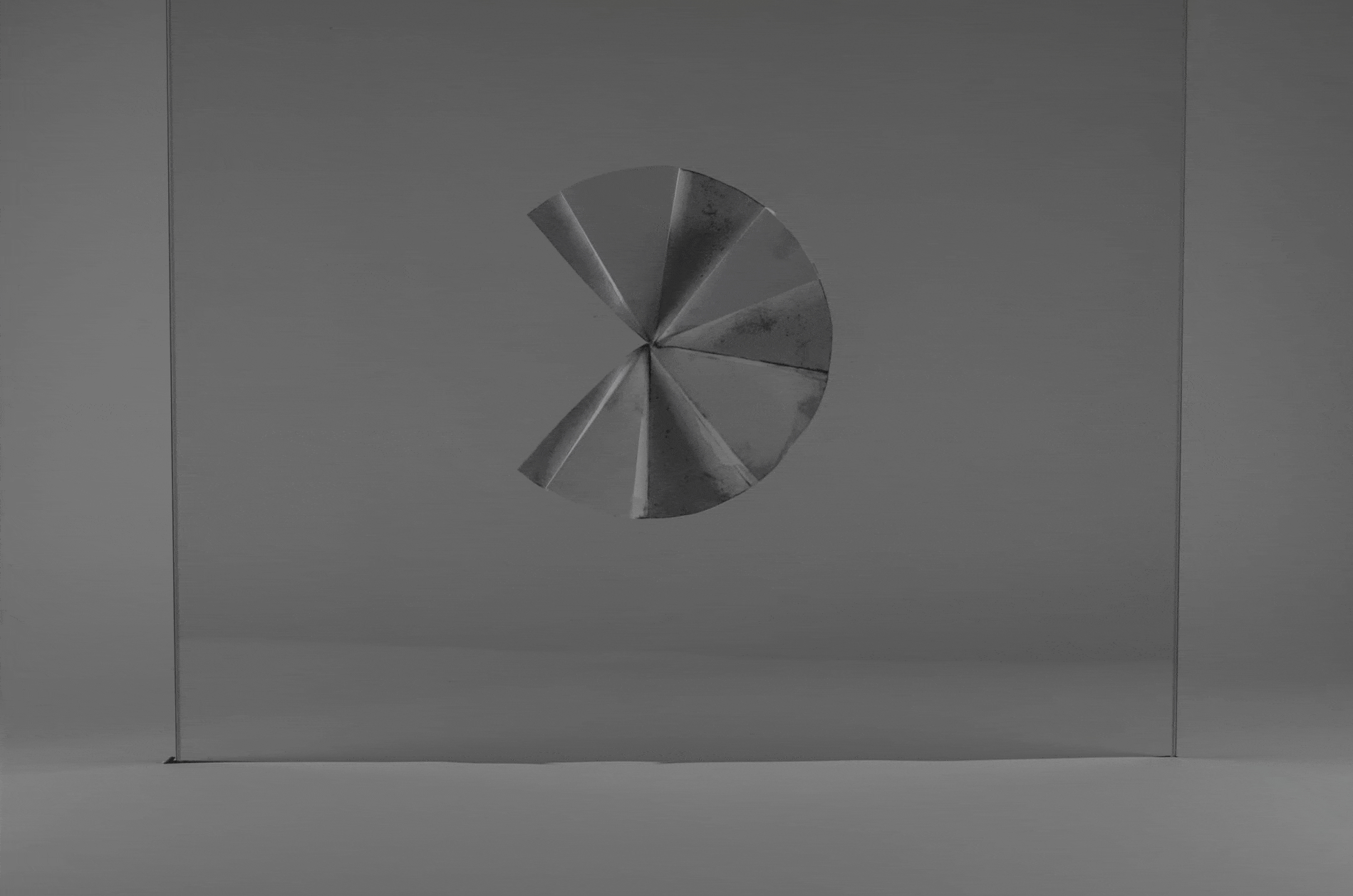
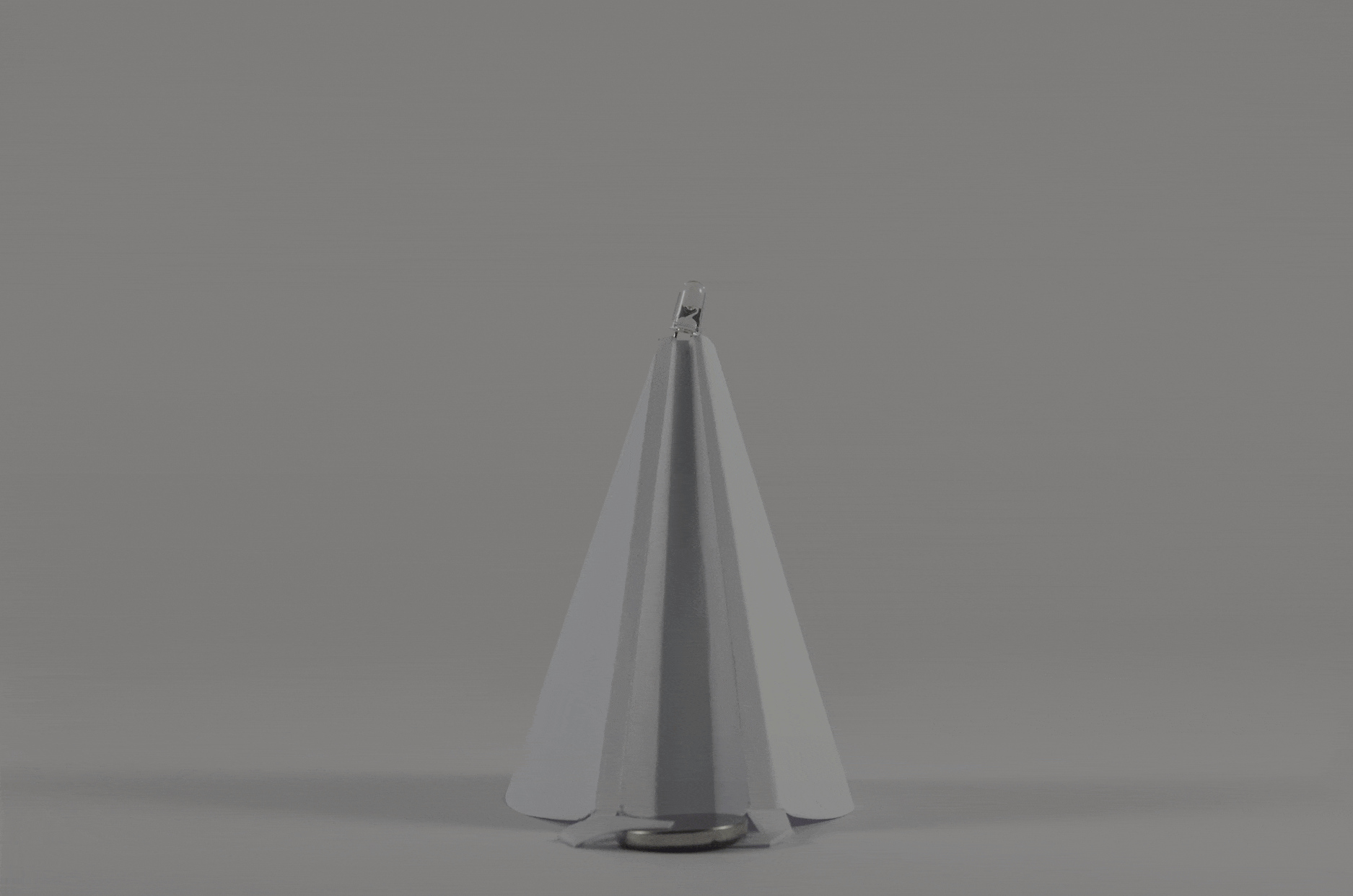
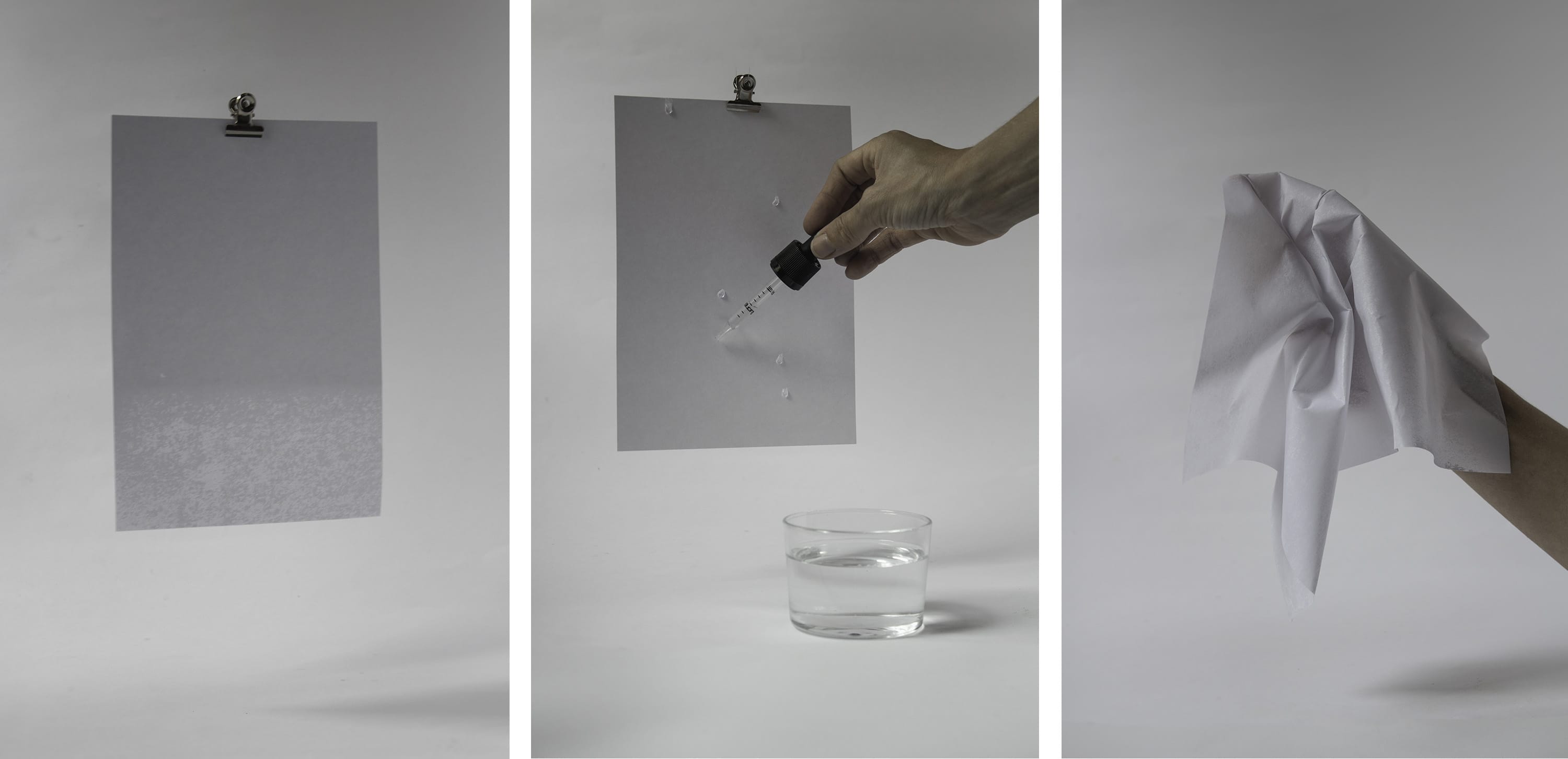
Pocket Power / rapid prototyping
Pocket Power can be used as a torch, bike light or charge smartphones and other devices through the USB slit.
ELISAVA School of Design and Engineering
Barcelona, Spain
2020
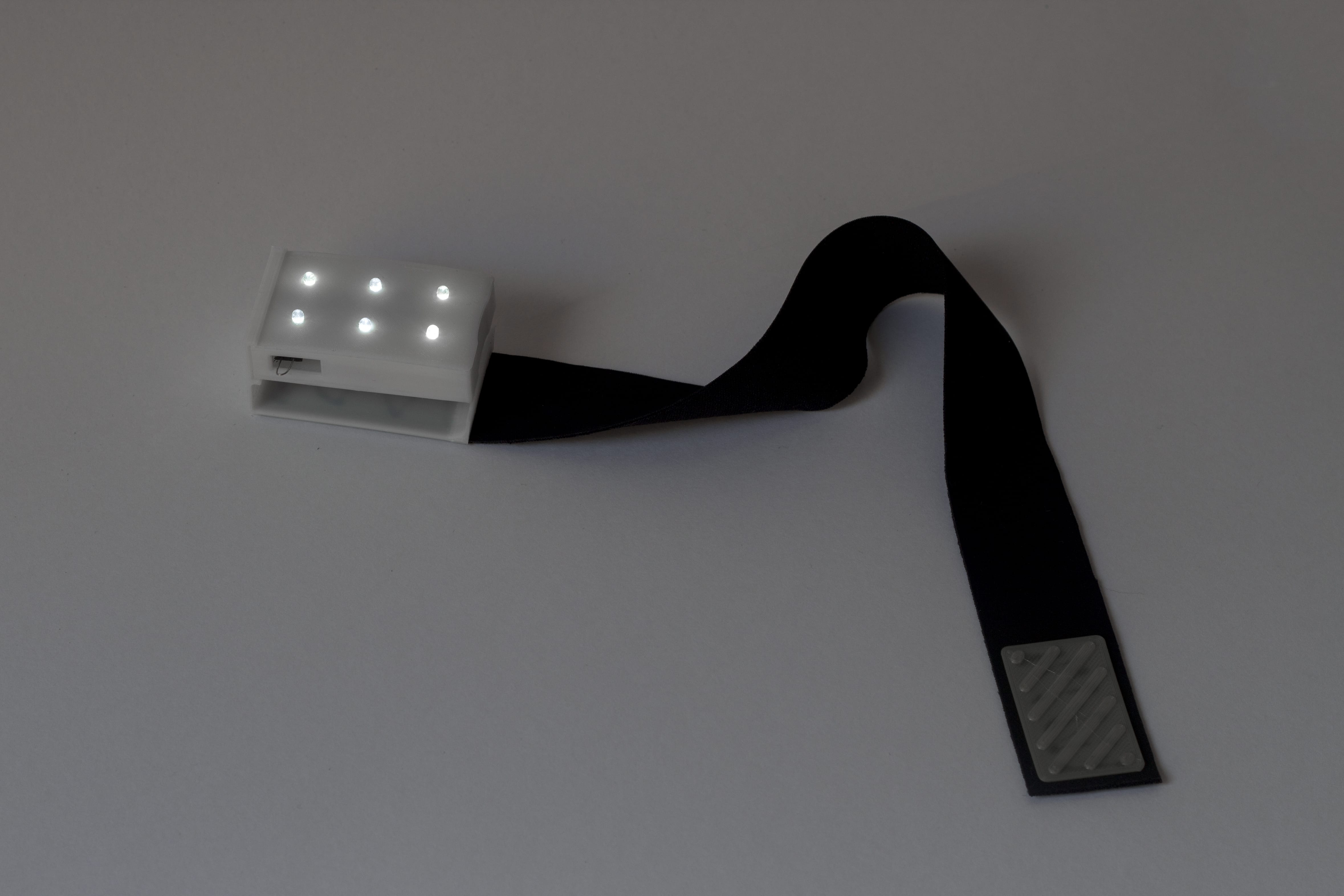
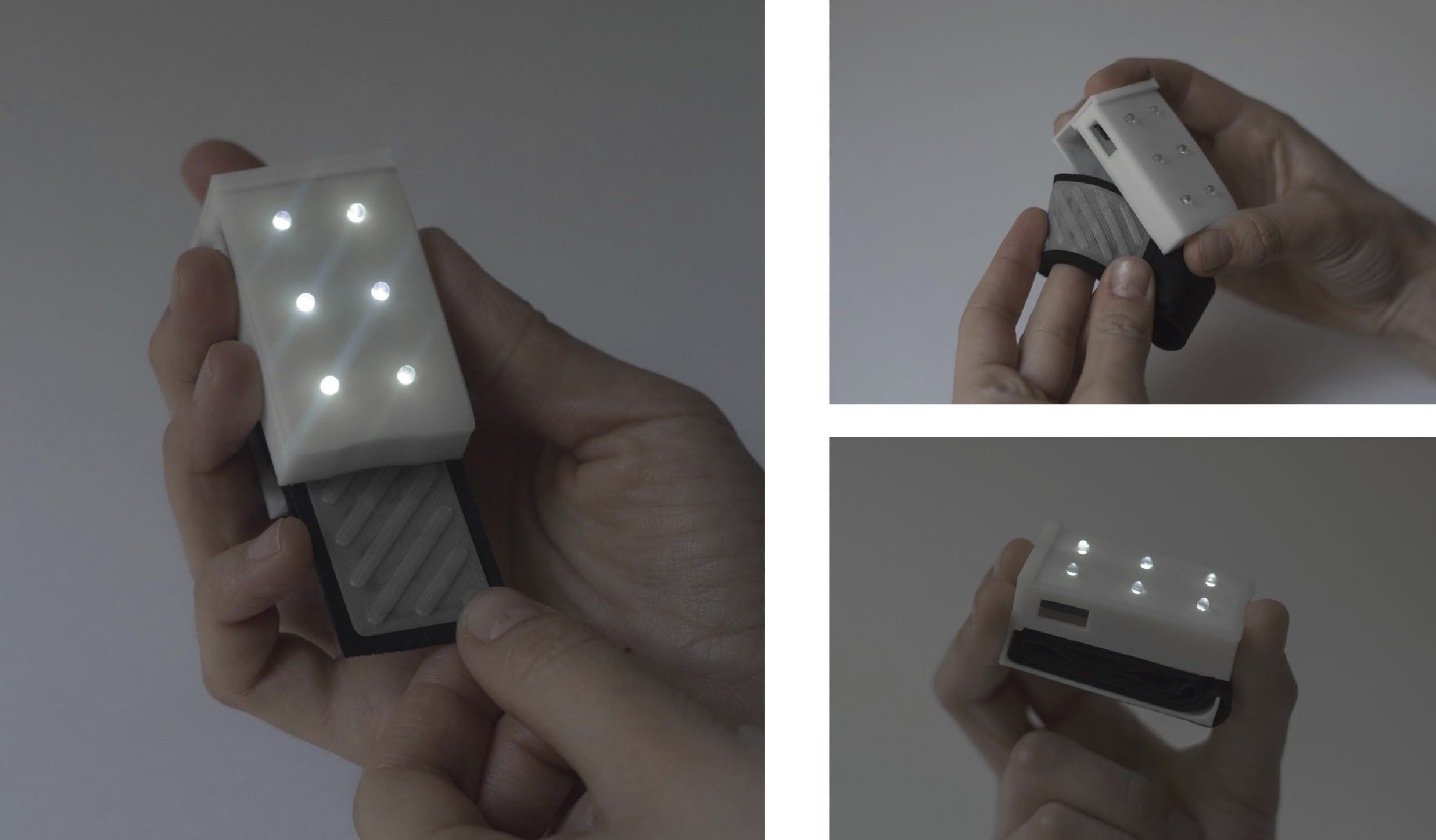
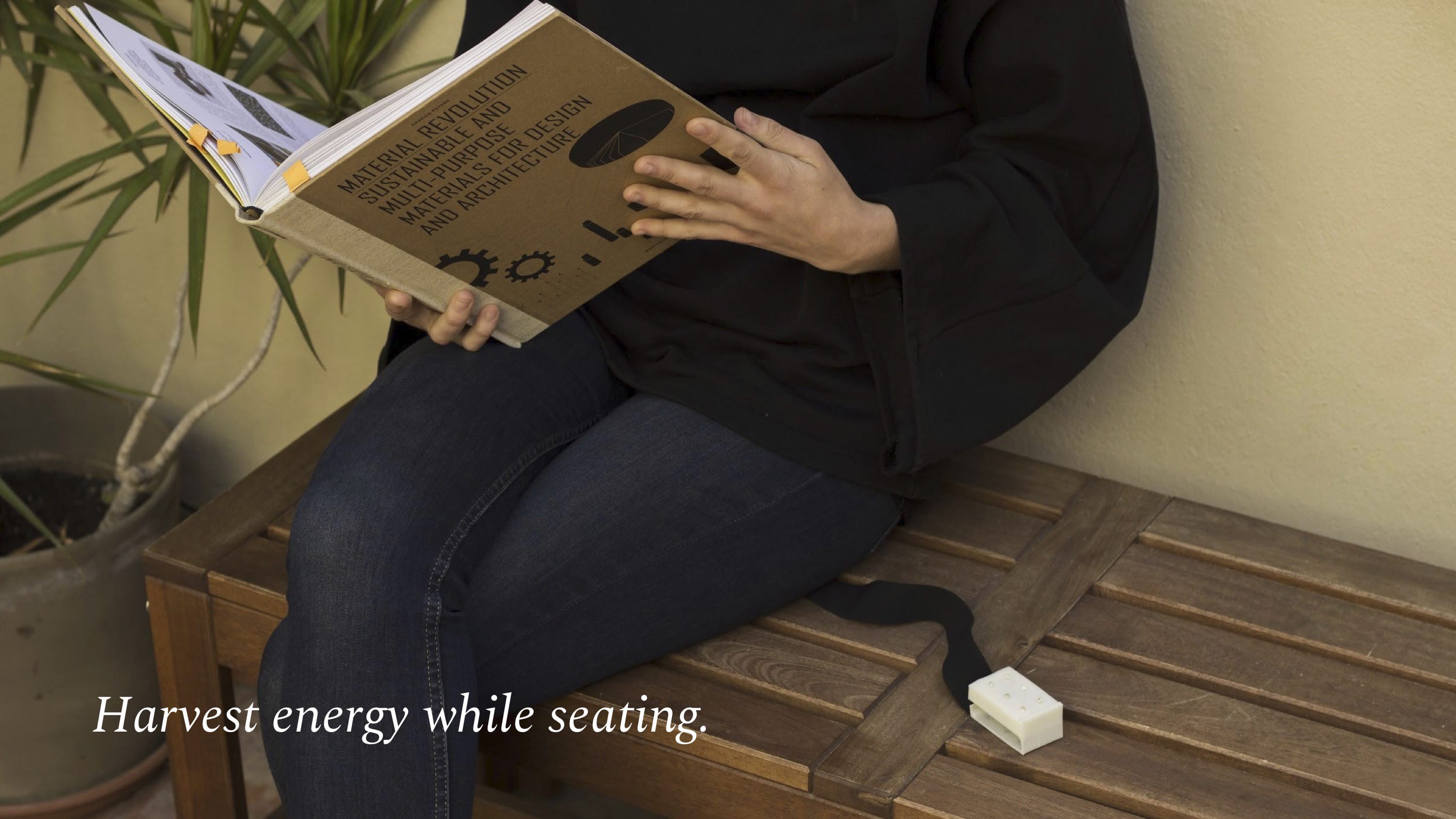
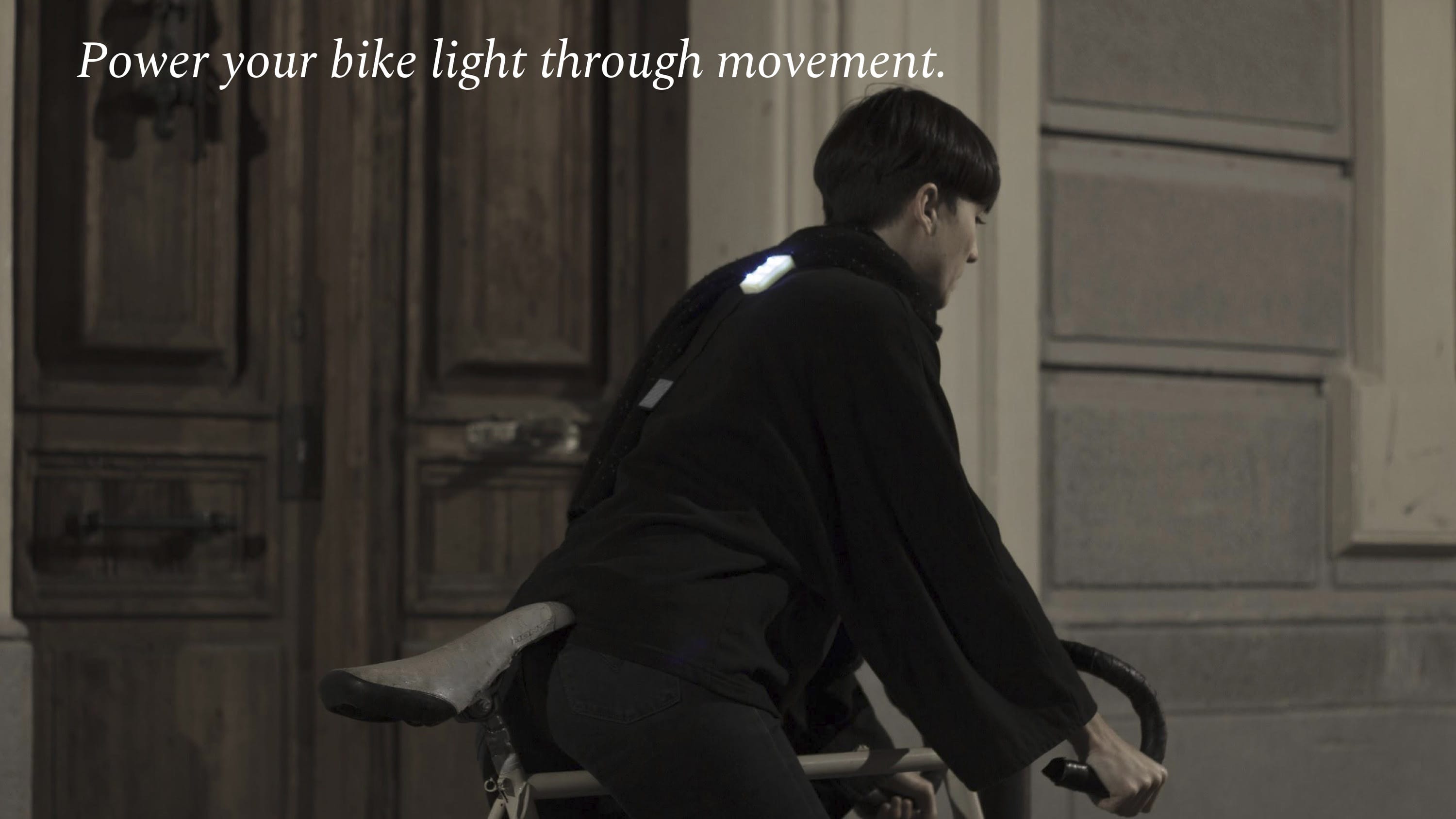
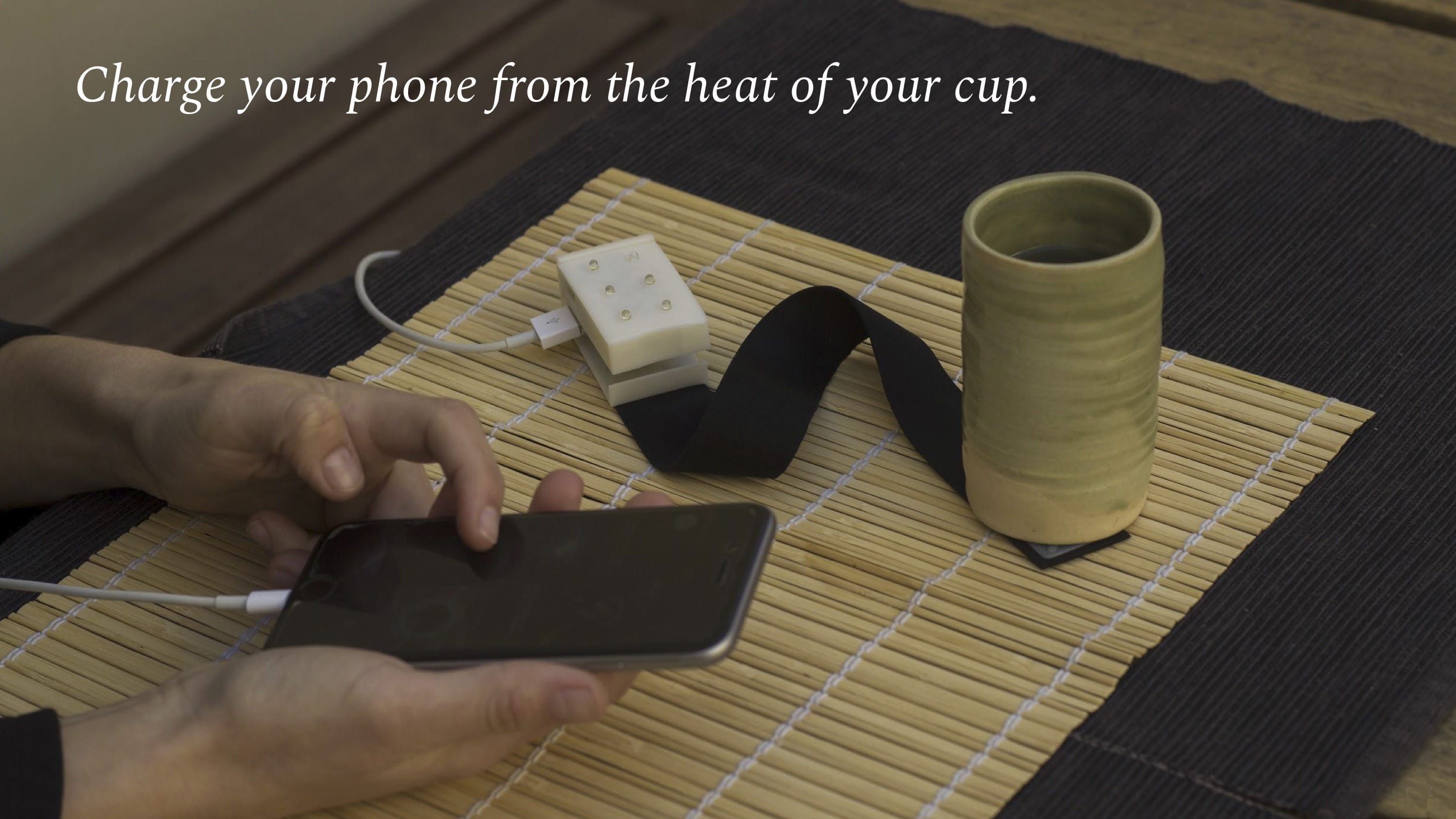
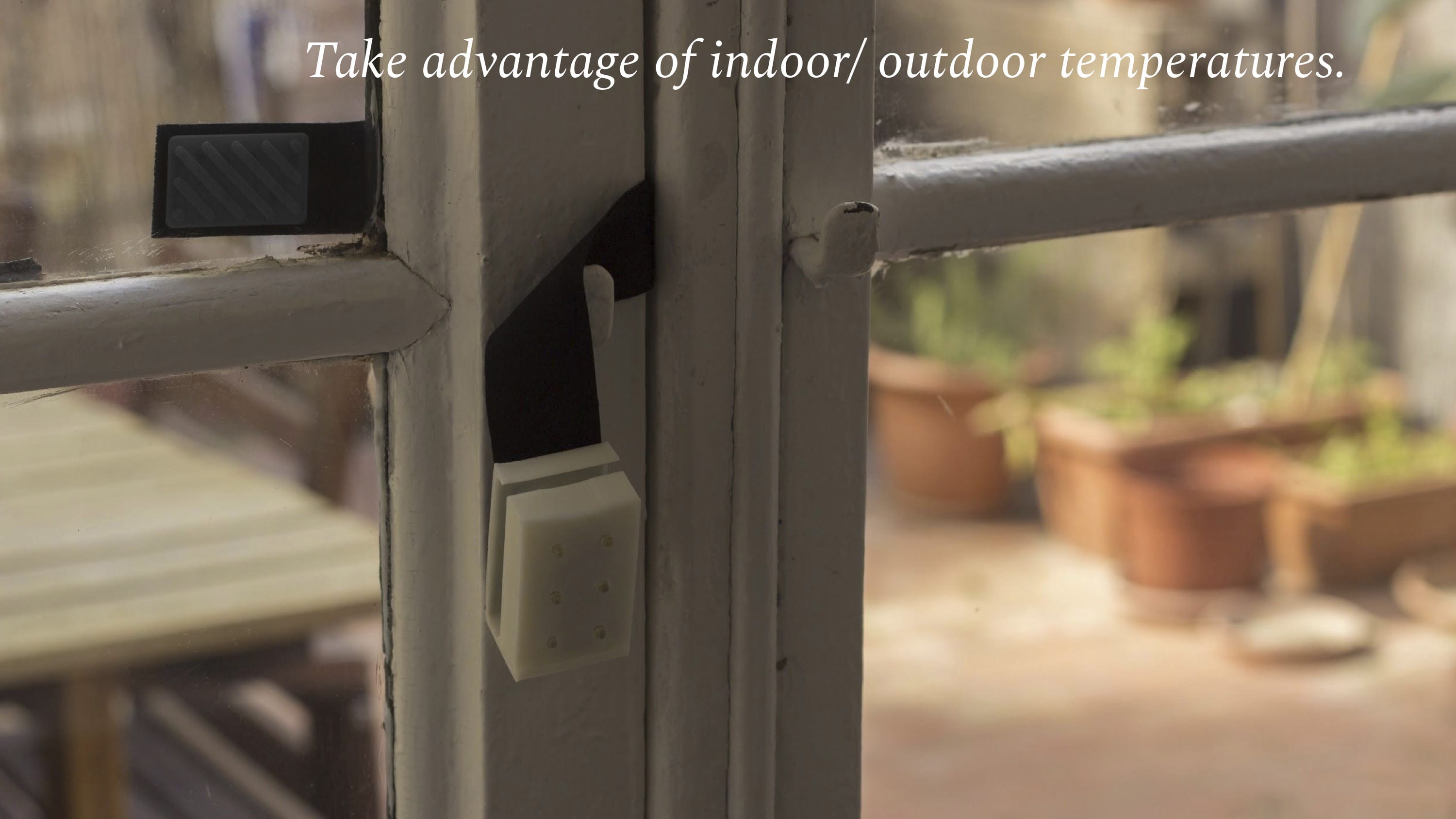
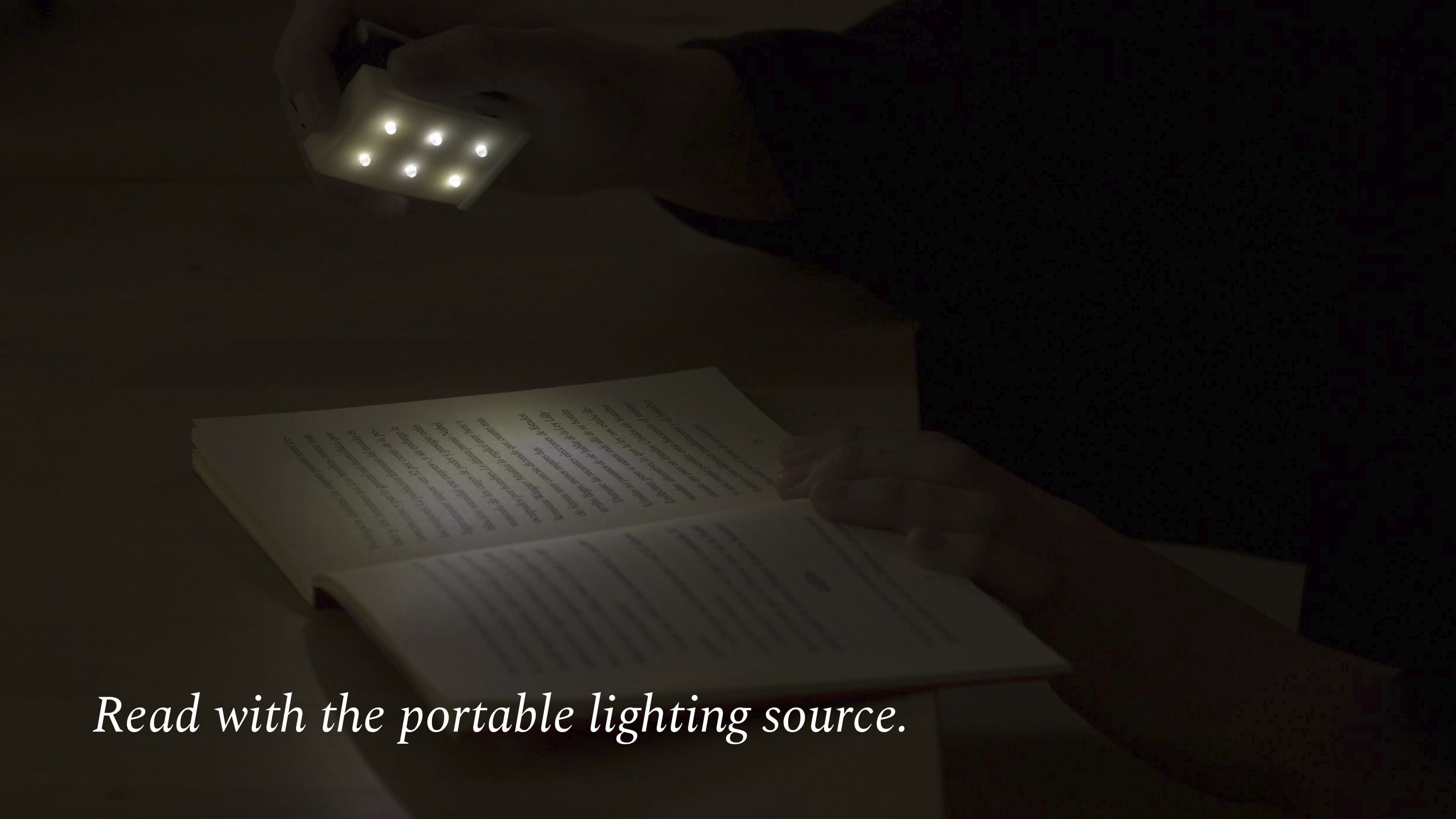
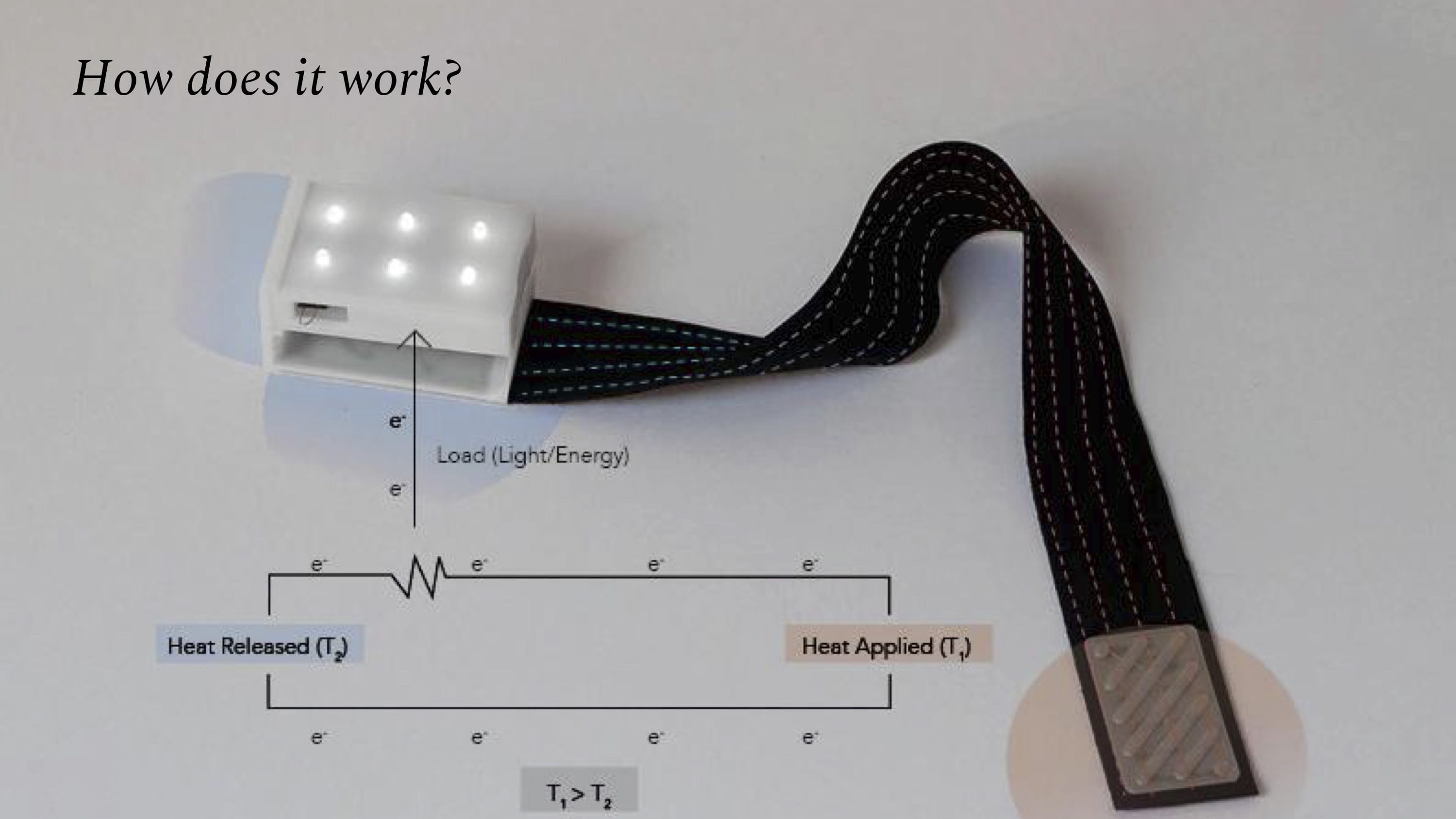
Chai Paper/ material design
Chai paper can be used for sustainable confetti, gift or flower wrapping paper, scrapbook or letter paper, envelopes or drink coasters. Developed in collaboraton with material designer, Iria Fernandez.
ELISAVA School of Design and Engineering
Barcelona, Spain
2020
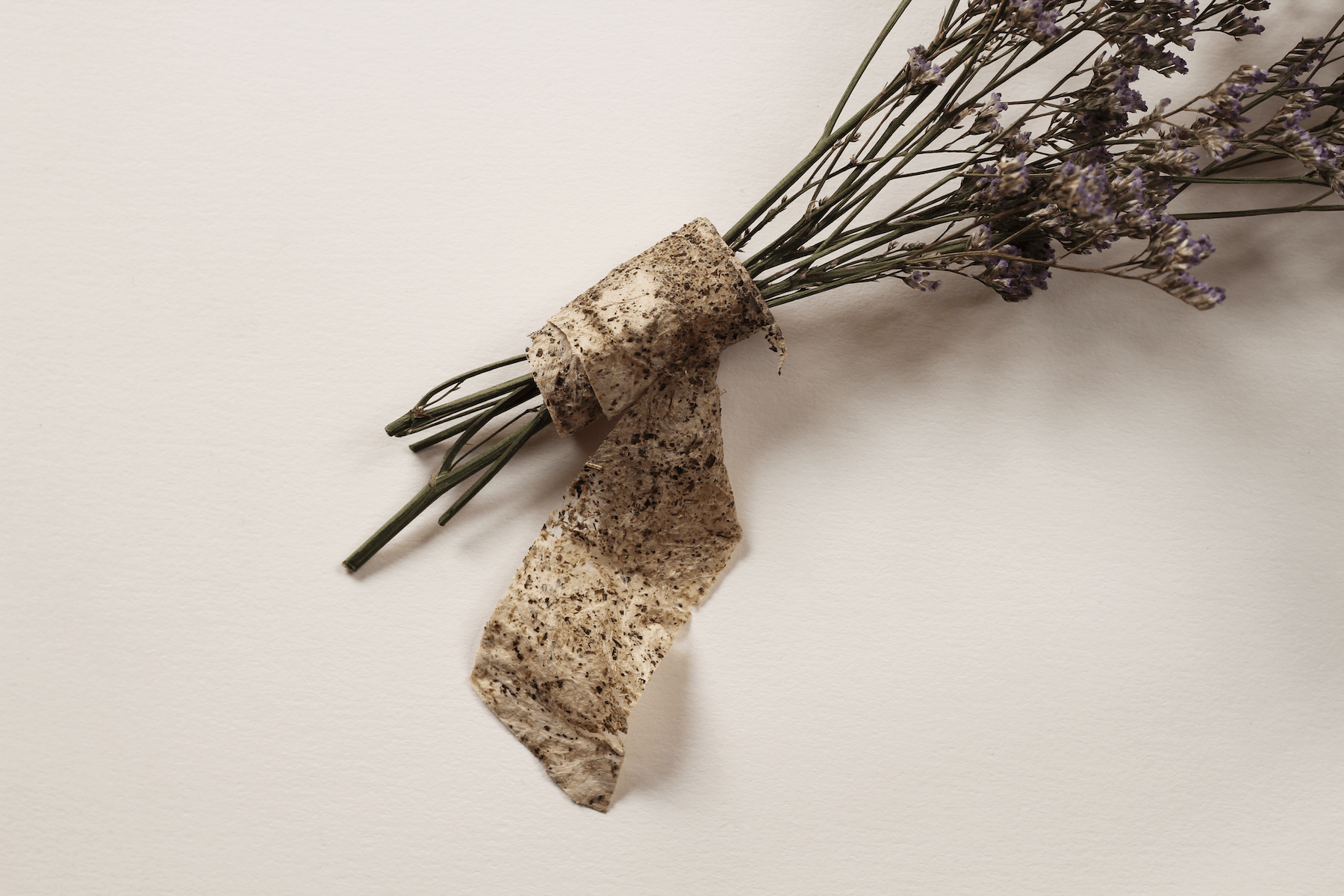
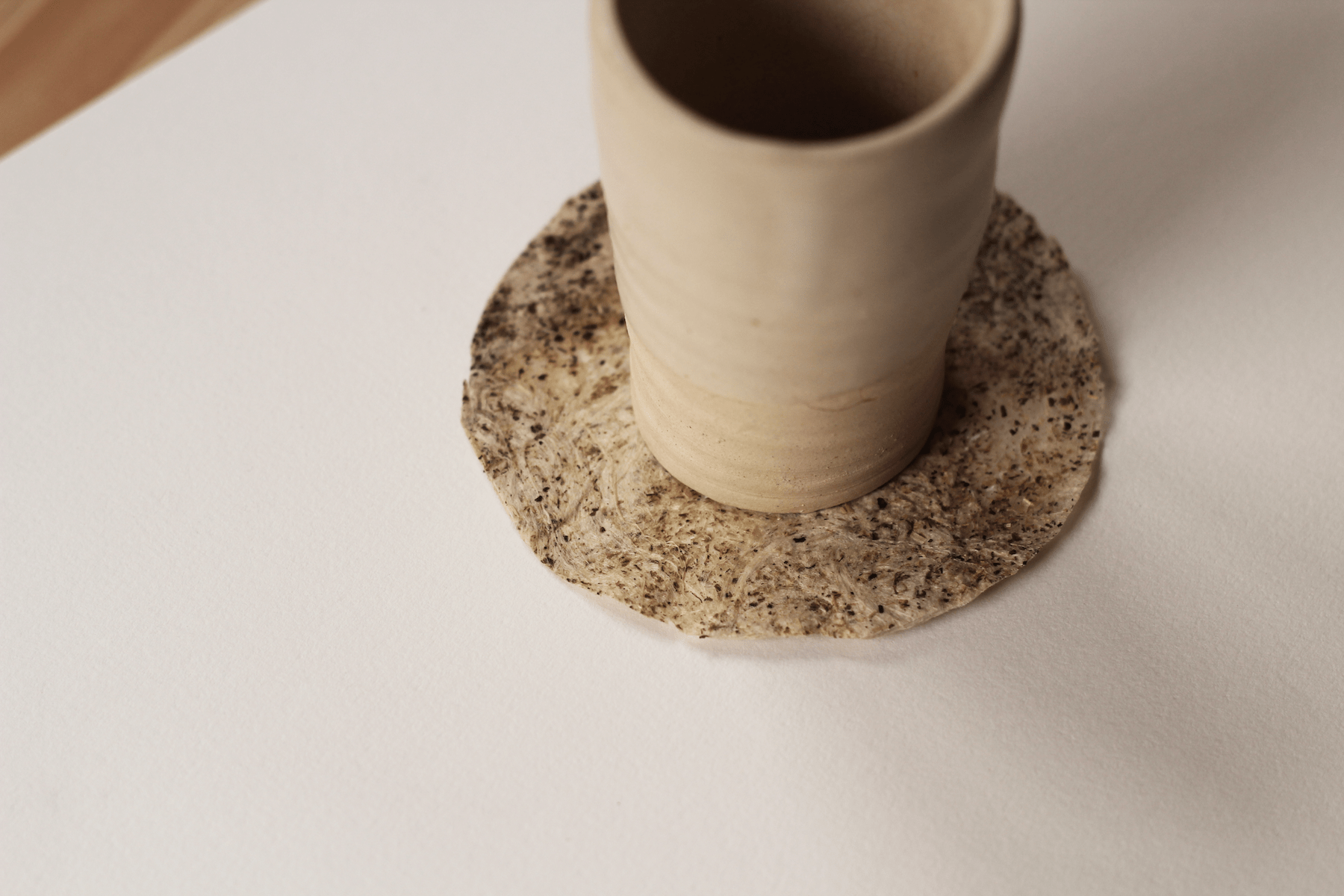
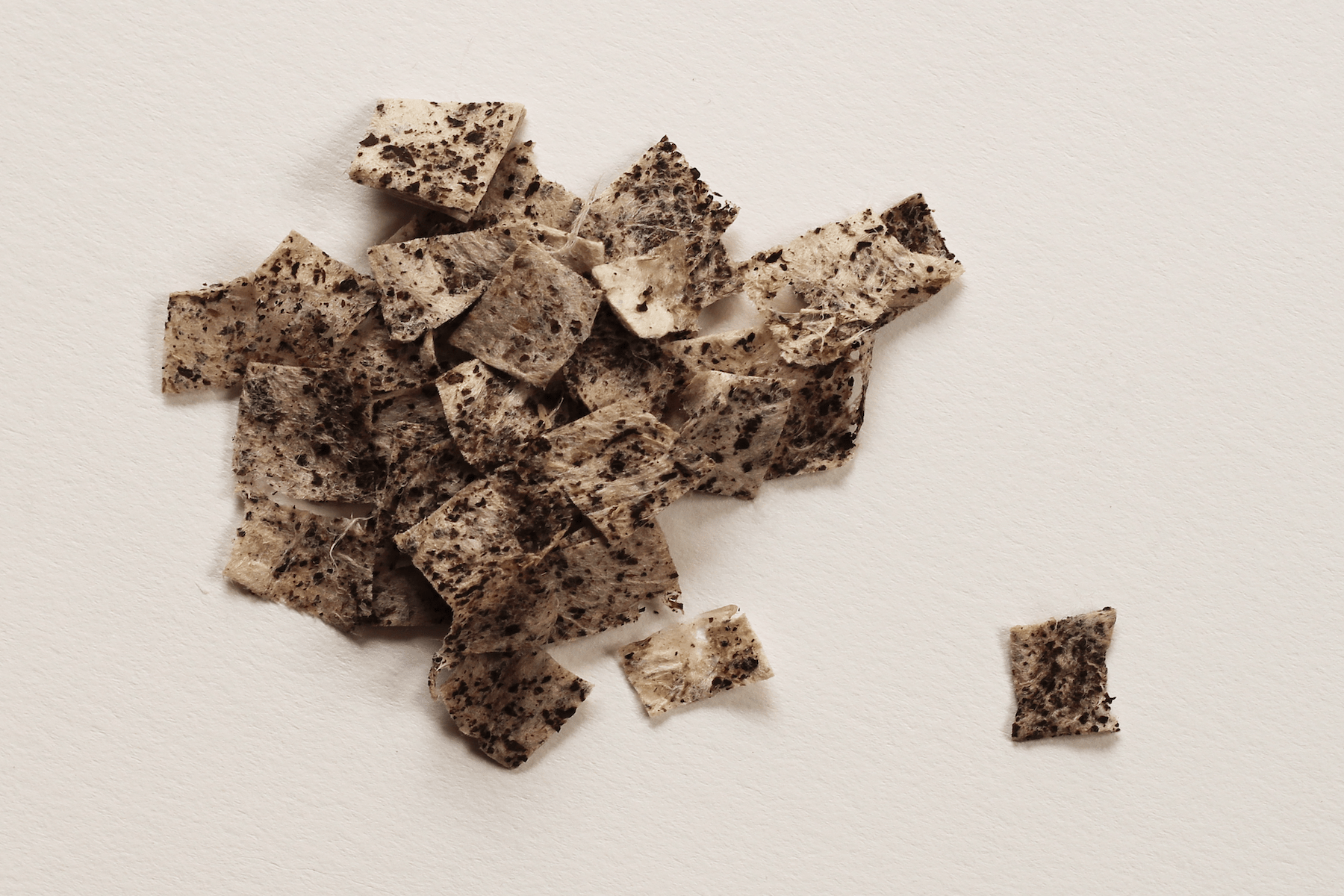
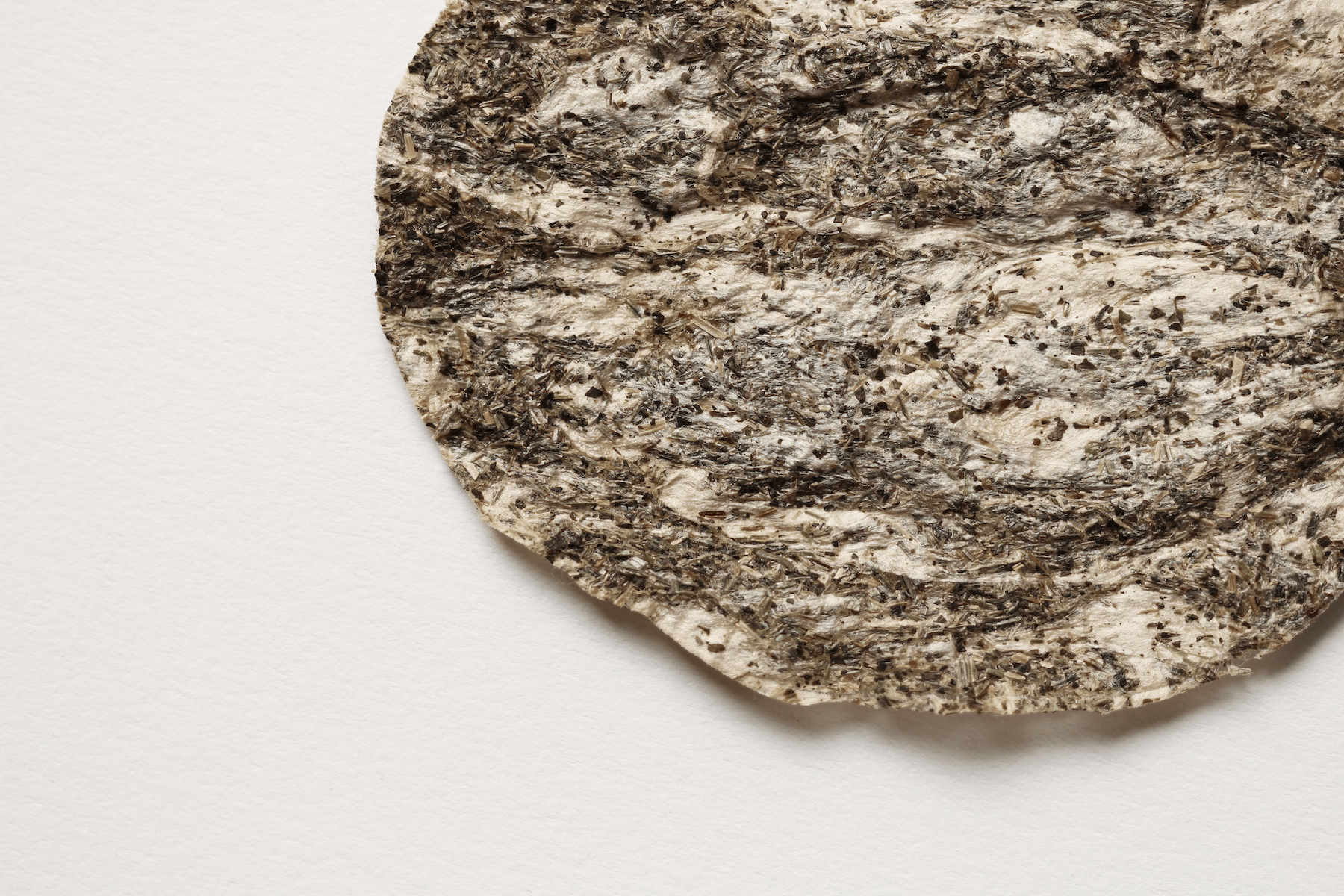
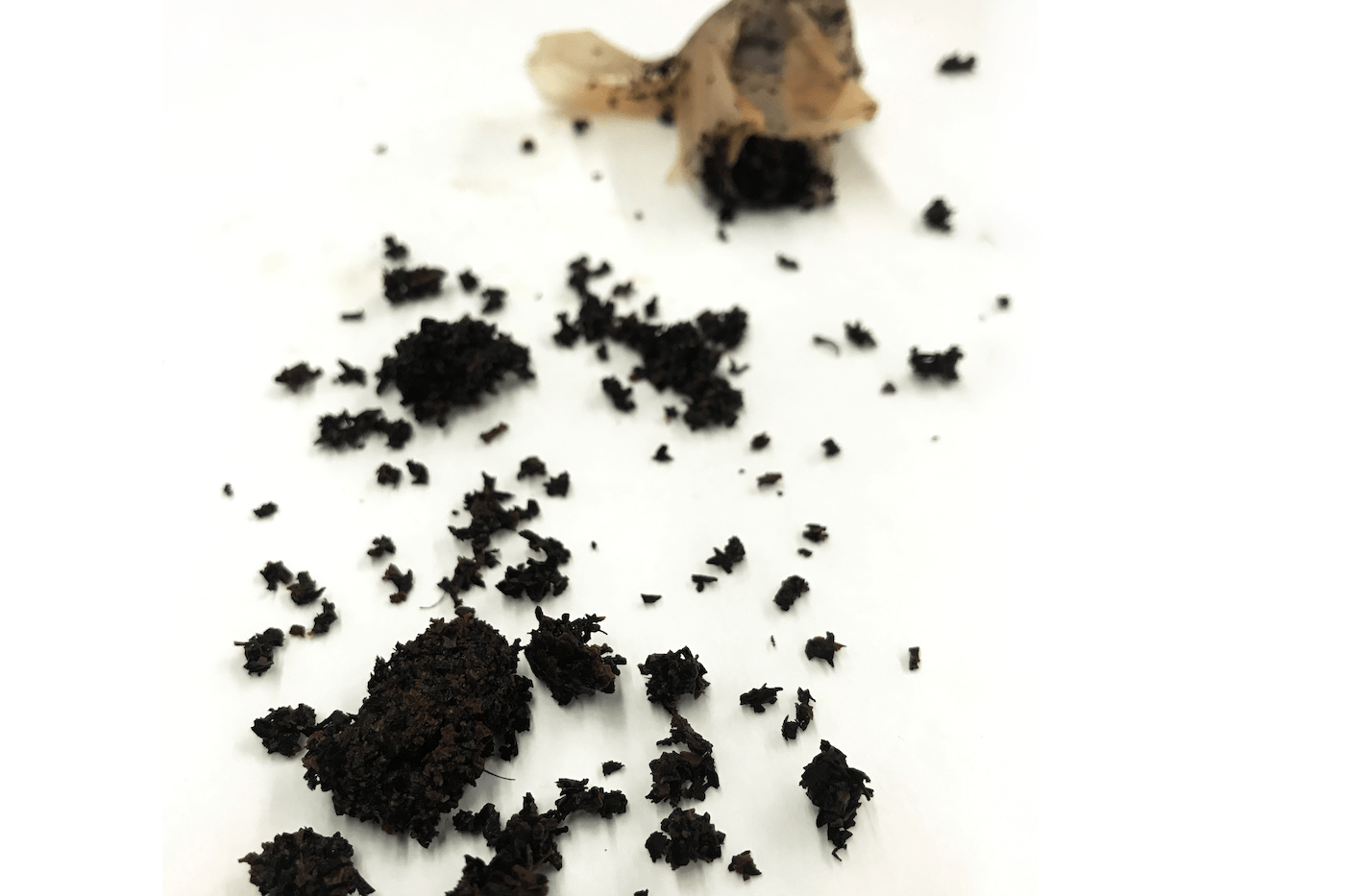
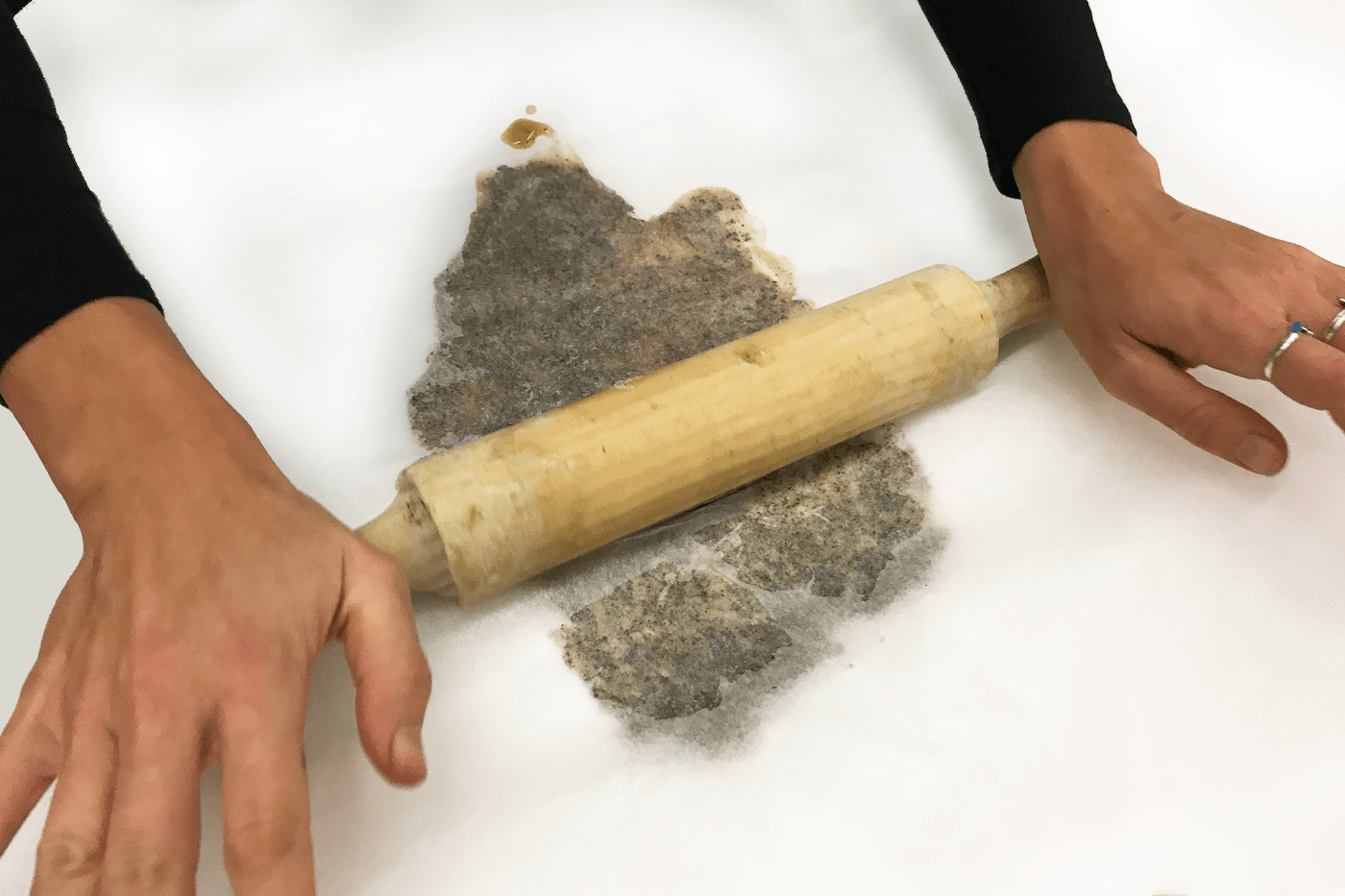
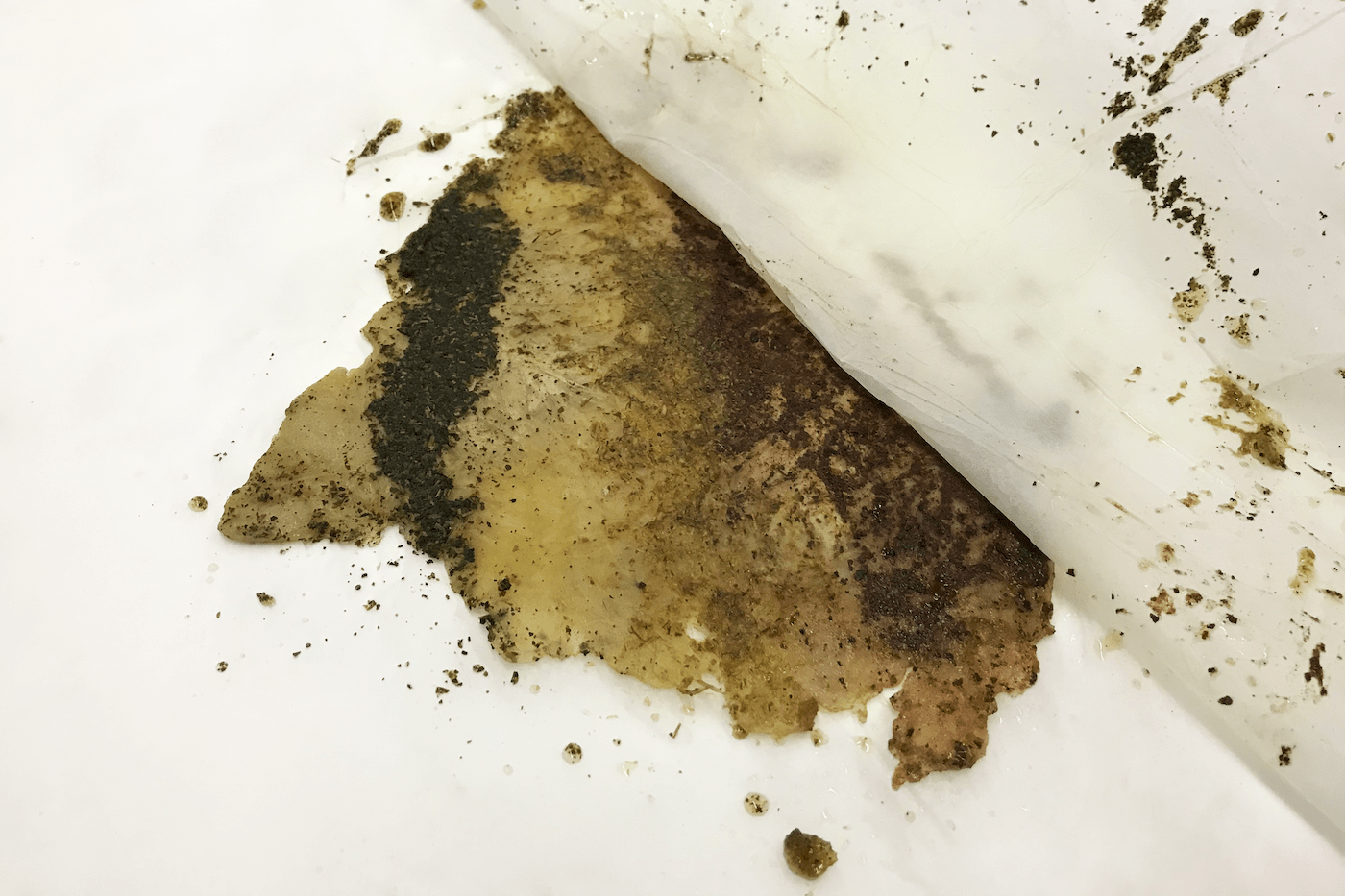
unFold–inMotion / installation
The project explores a »Ron Resch Tessellation fold« with motion. Nitinol springs, which change their shape through heat, bring the plane surface that is tiled in geometric shapes to life. Their contraction joined with the folding structure results in a breathing almost lively object. The instatalltion aims to show the potential of the activation of intelligent materials for interface and space design. Imagine if our environment can become dynamic spaces and thereby threedimensional responsive interface for communication.
transmediale 2018
Berlin, Germany
2018
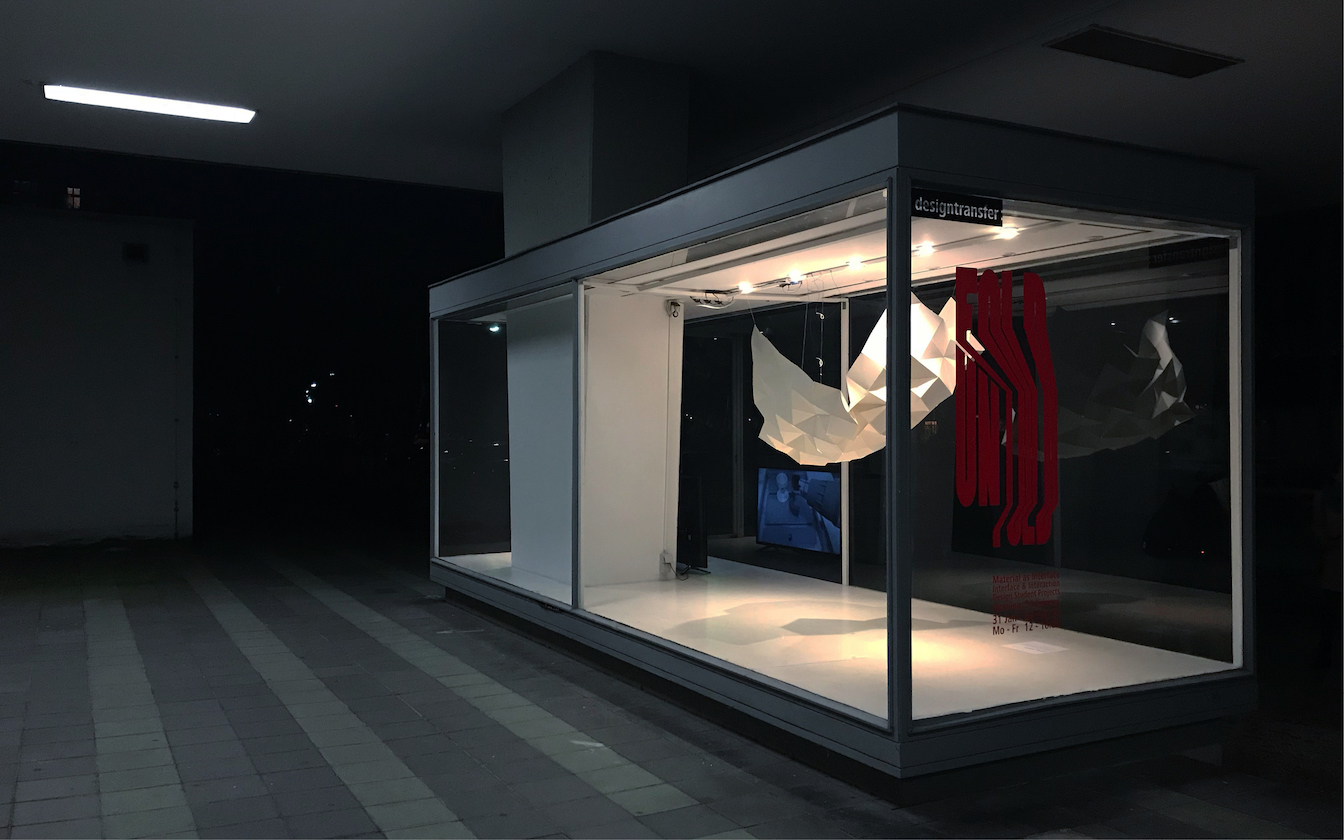
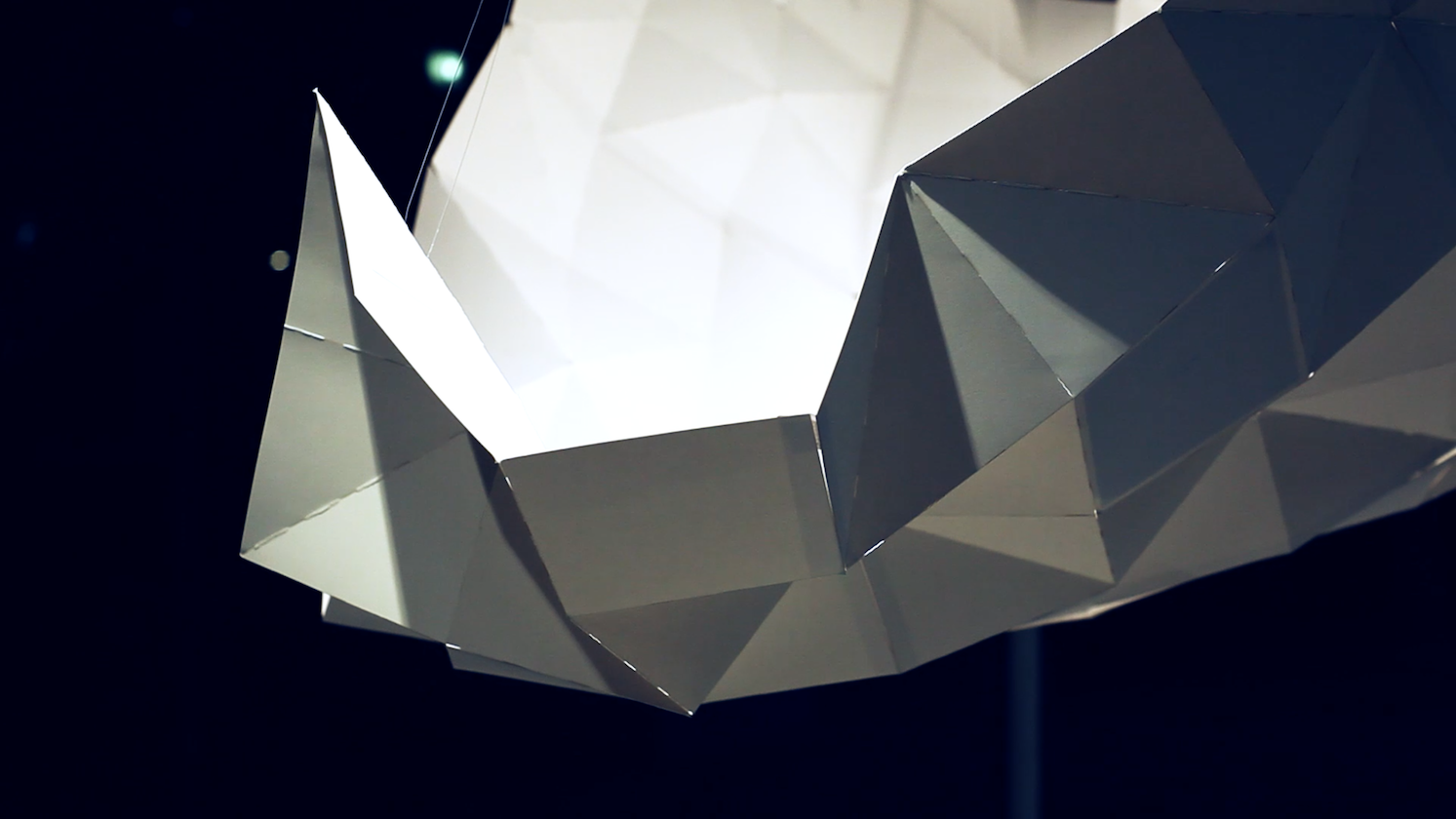
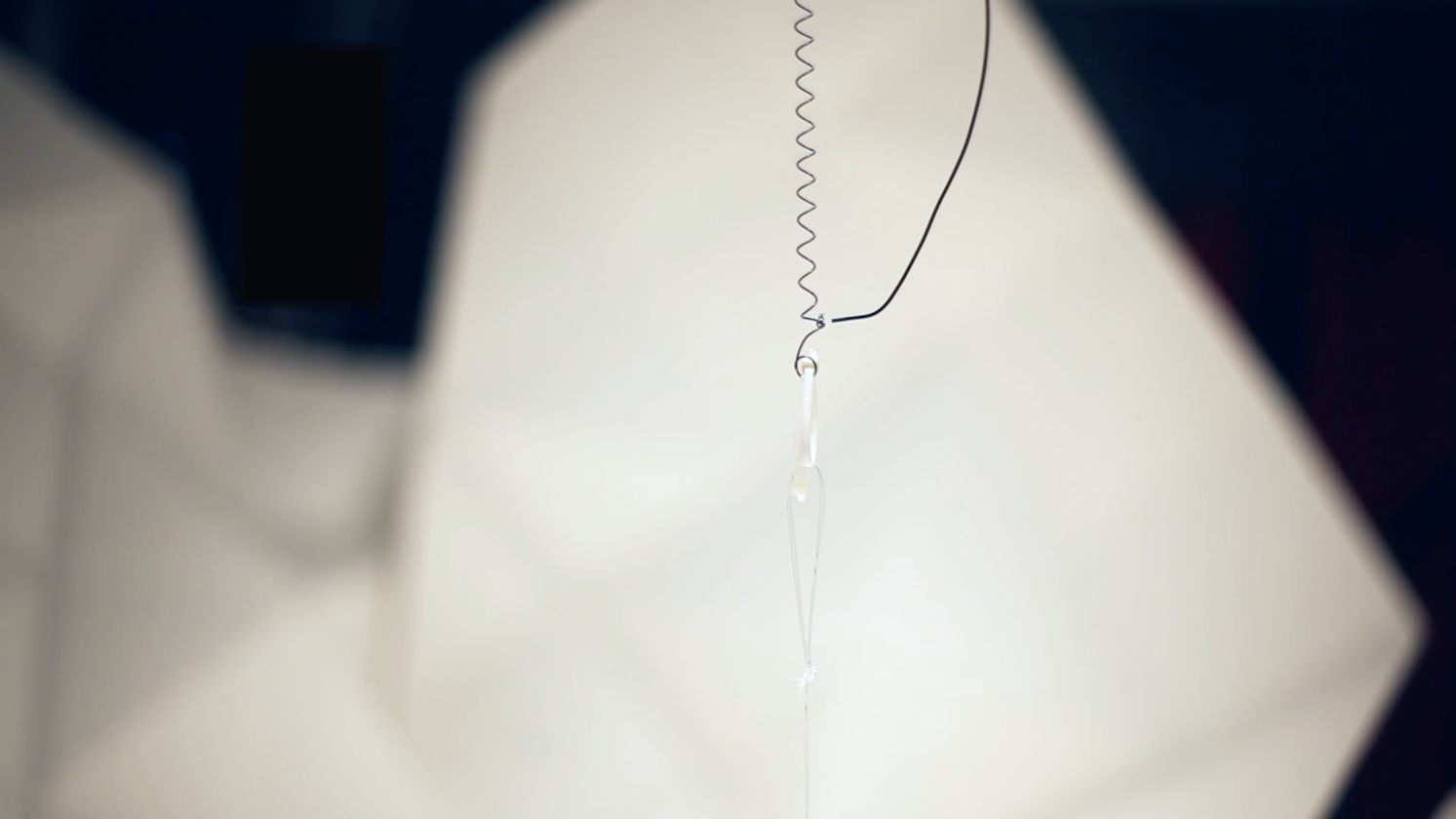
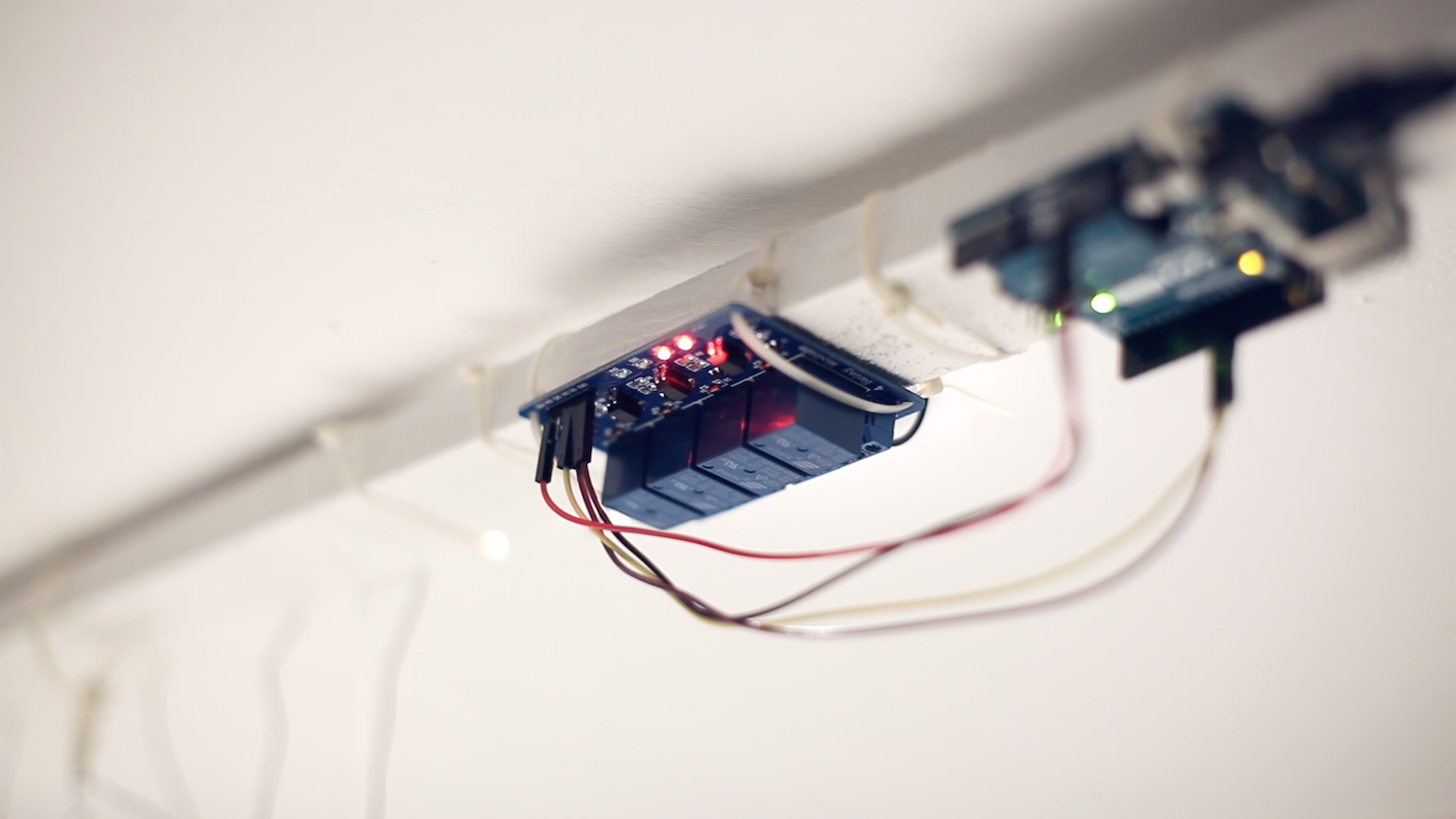
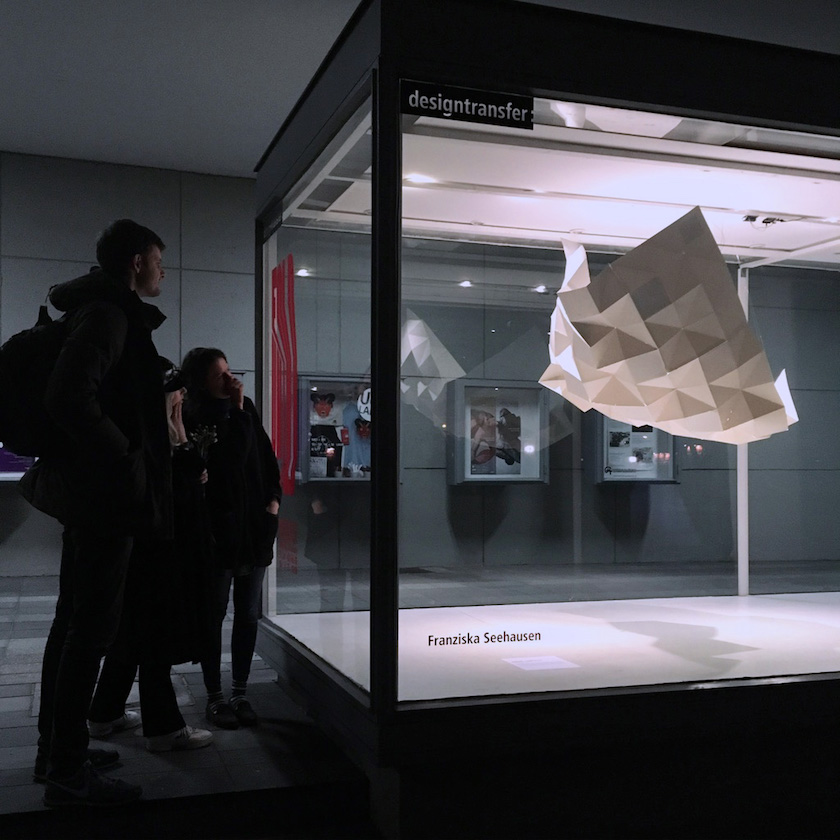
Dielectric Elastomers / smart materials
In a group of students, we explored the behaviour and potential of »Dielectric Elastomers« (Smart Materials) and built functioning interactive prototypes. What if smart materials inform the design of new products and help improve the human experience of technology?
University of the Arts Berlin
Berlin, Germany
2017
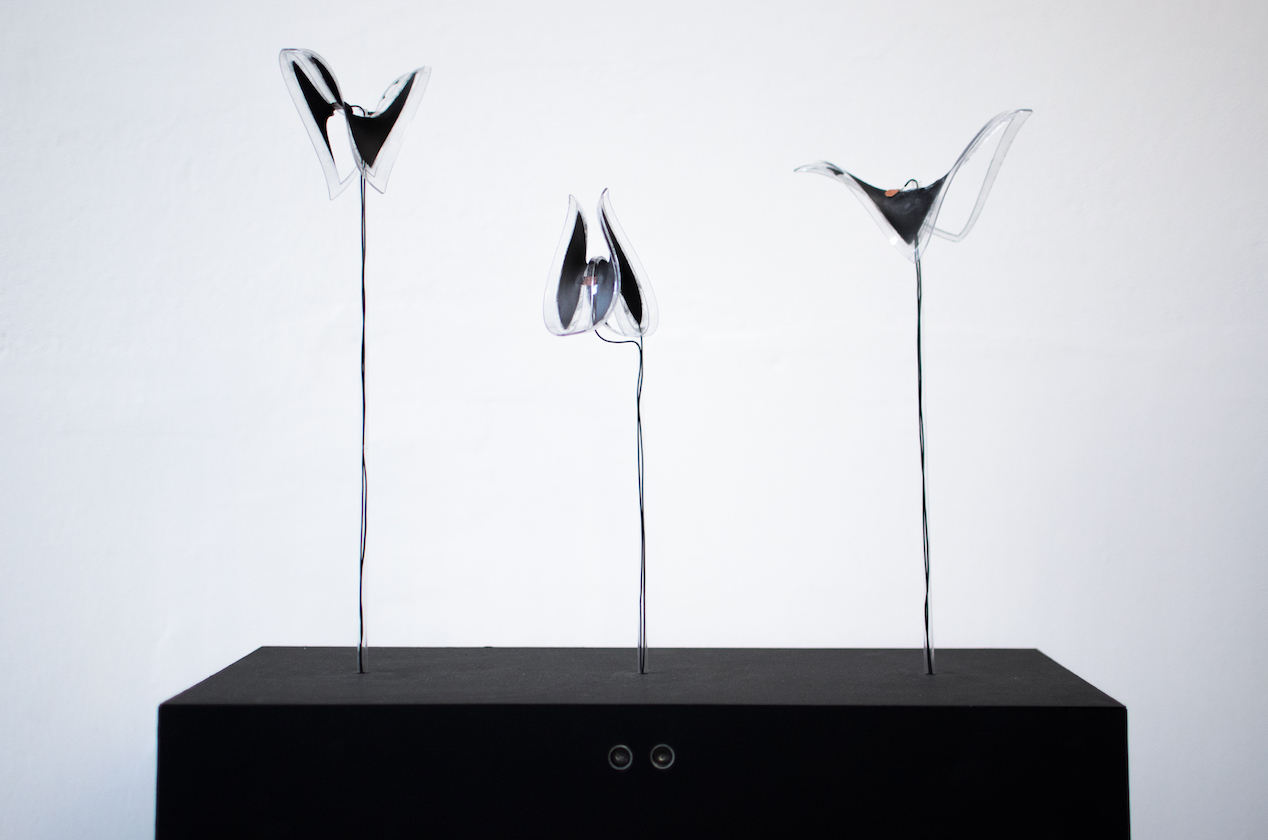

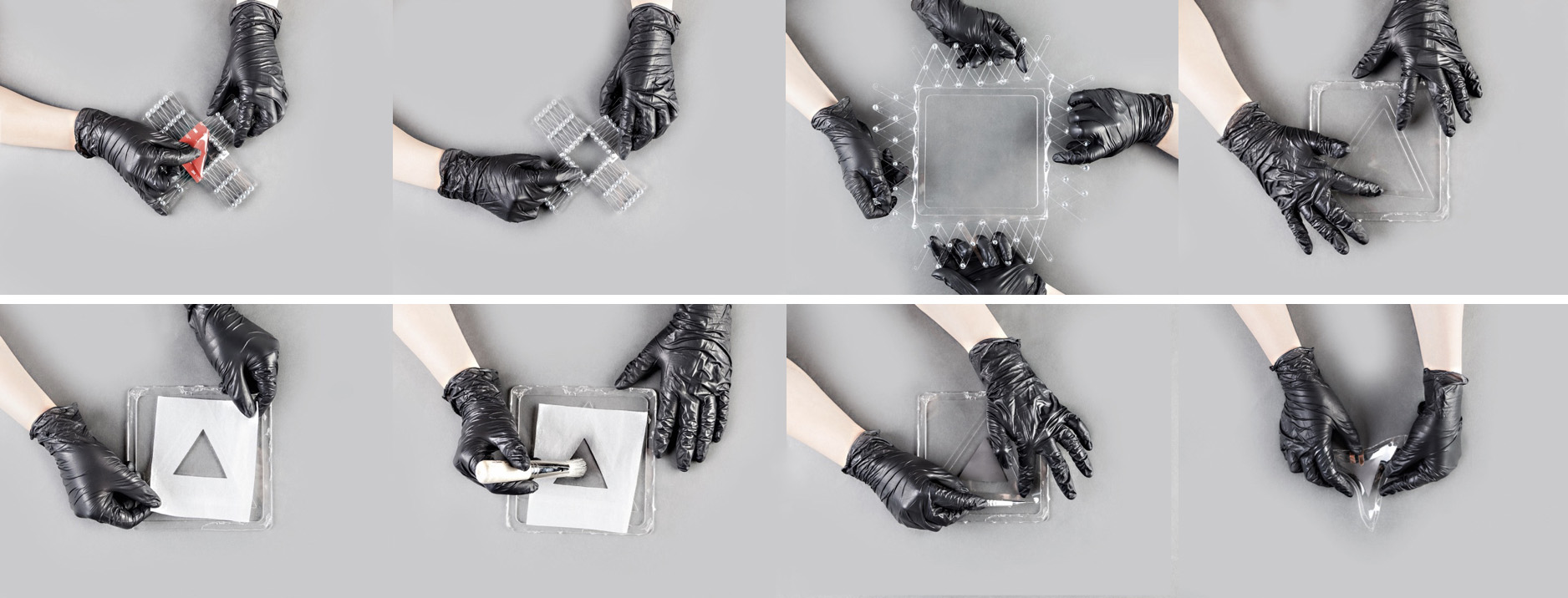
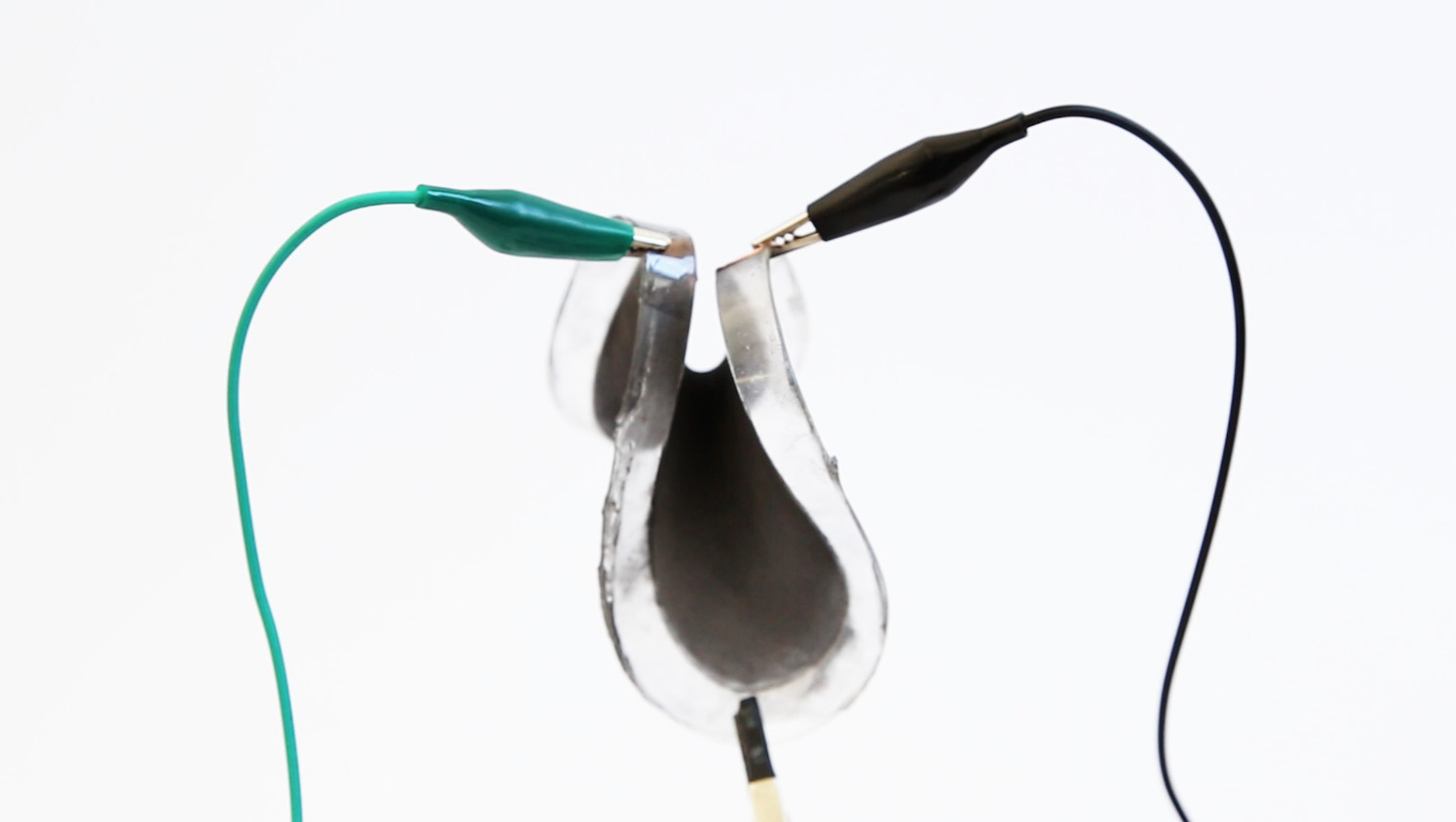
SoleMate / interaction design
Keeping a balance of both rest and exercise is key for a fast and effective rehabilitation. Given that we are all different, how should one know how much exercise and rest is good ones body? Research showed that existing feedback devices and insoles which encrypt their feedback and digital signals are limited. What is missing and needed, is instant haptic feedback, which is directly connected with the patient.
Visit this website for more information:
SoleMate
Reha Zentrum Lübben/ Fraunhofer CeRRi
Berlin, Germany
2016
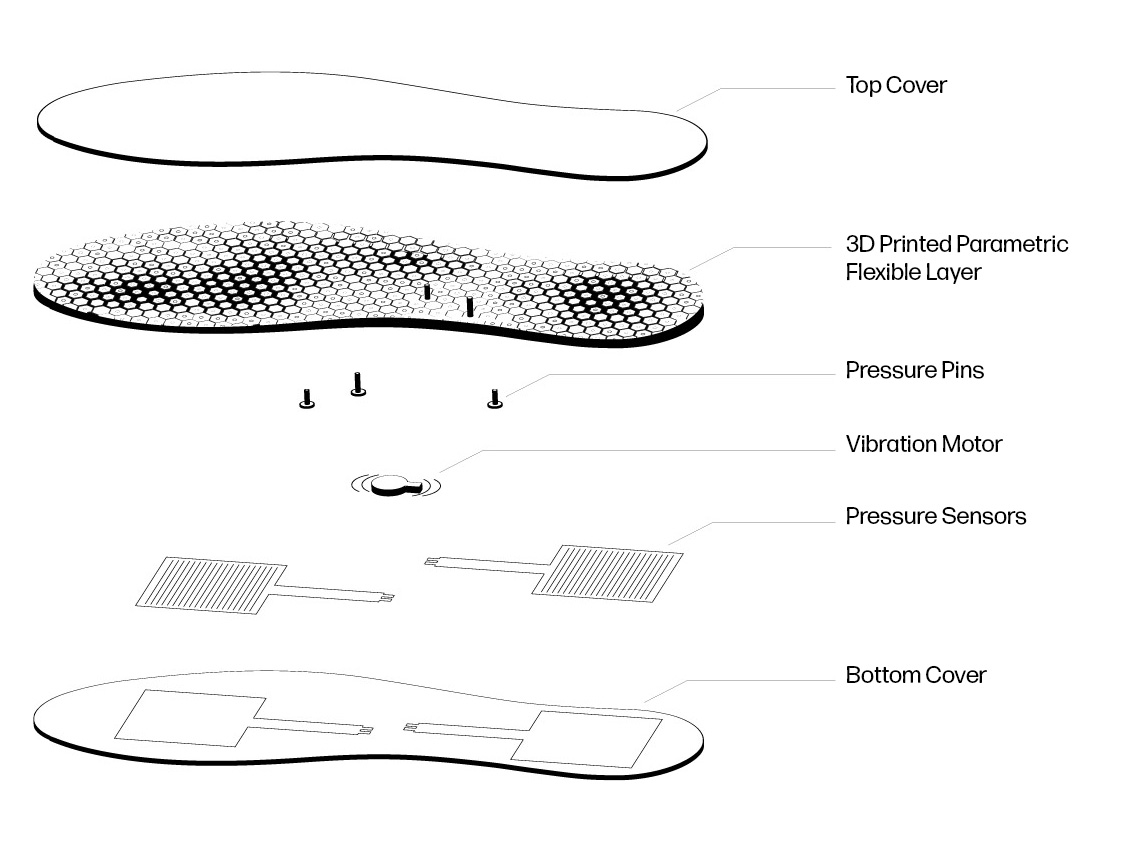
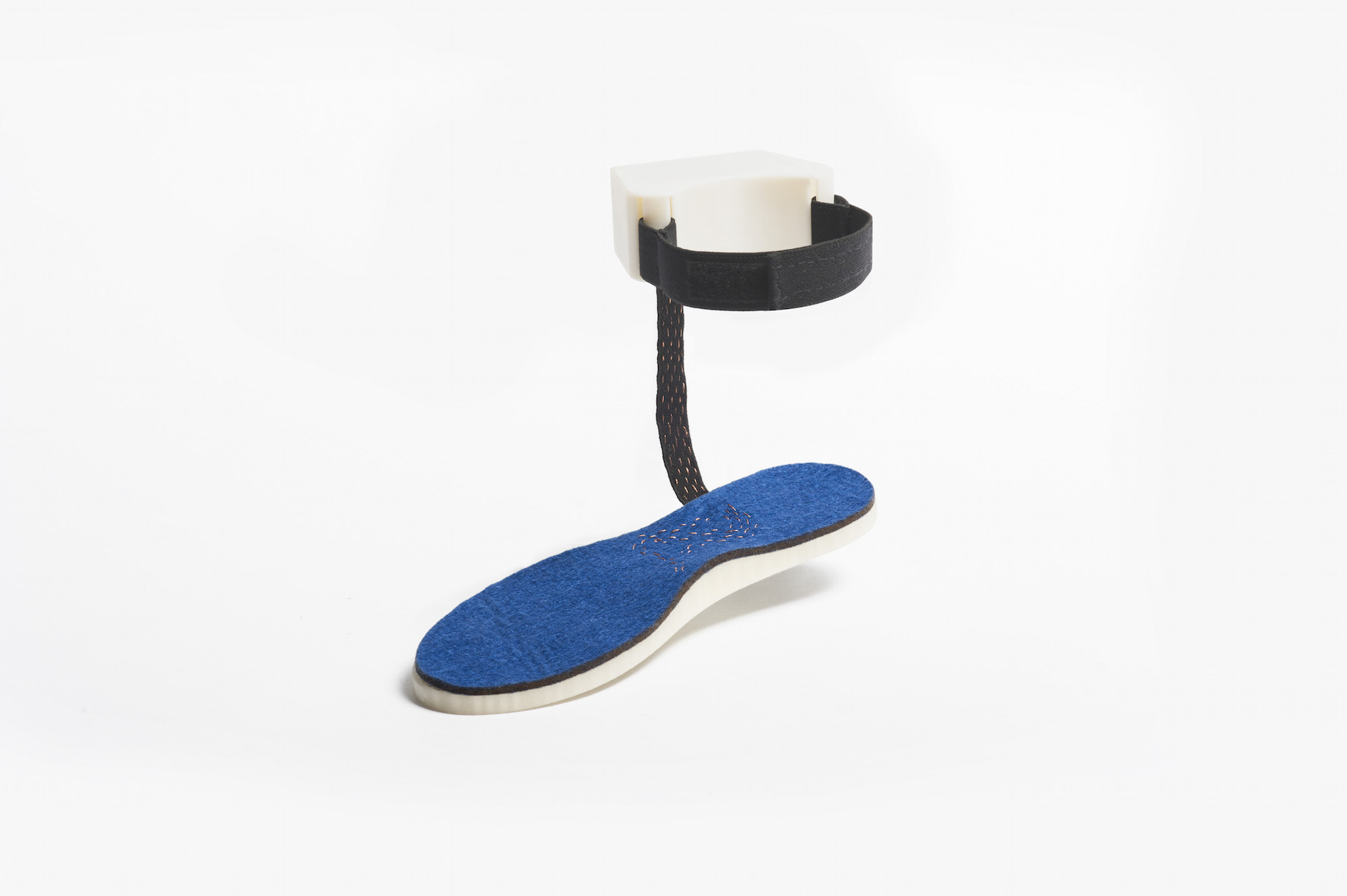
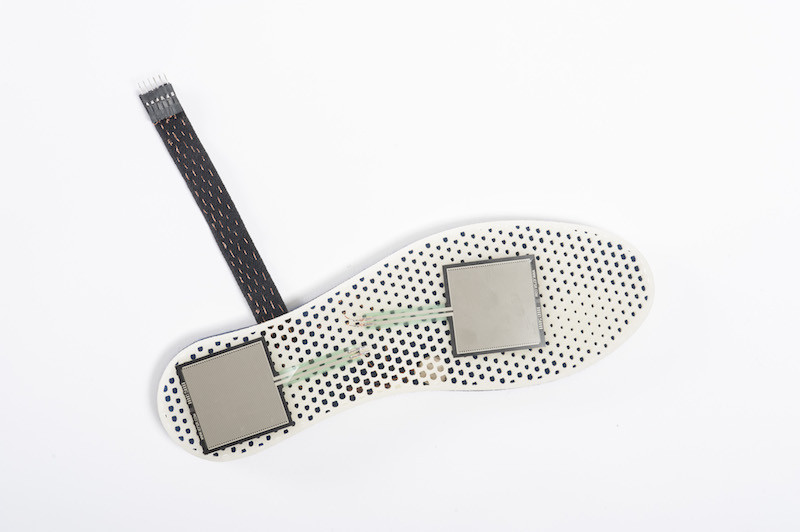
Ar·ti·fi·cial In·tel·li·gence, noun. / ai
Existing definitions—found in encyclopediae, technical research papers, and Wikipedia—are used to train a Recurrent Neural Network. These learned definitions serve as vocabulary and syntax. This process of self-reflection can be seen as the difference between Artificial Intelligence and smart objects, and might finally help to answer the question on what Artificial Intelligence is.
University of the Arts Berlin
Berlin, Germany
2017
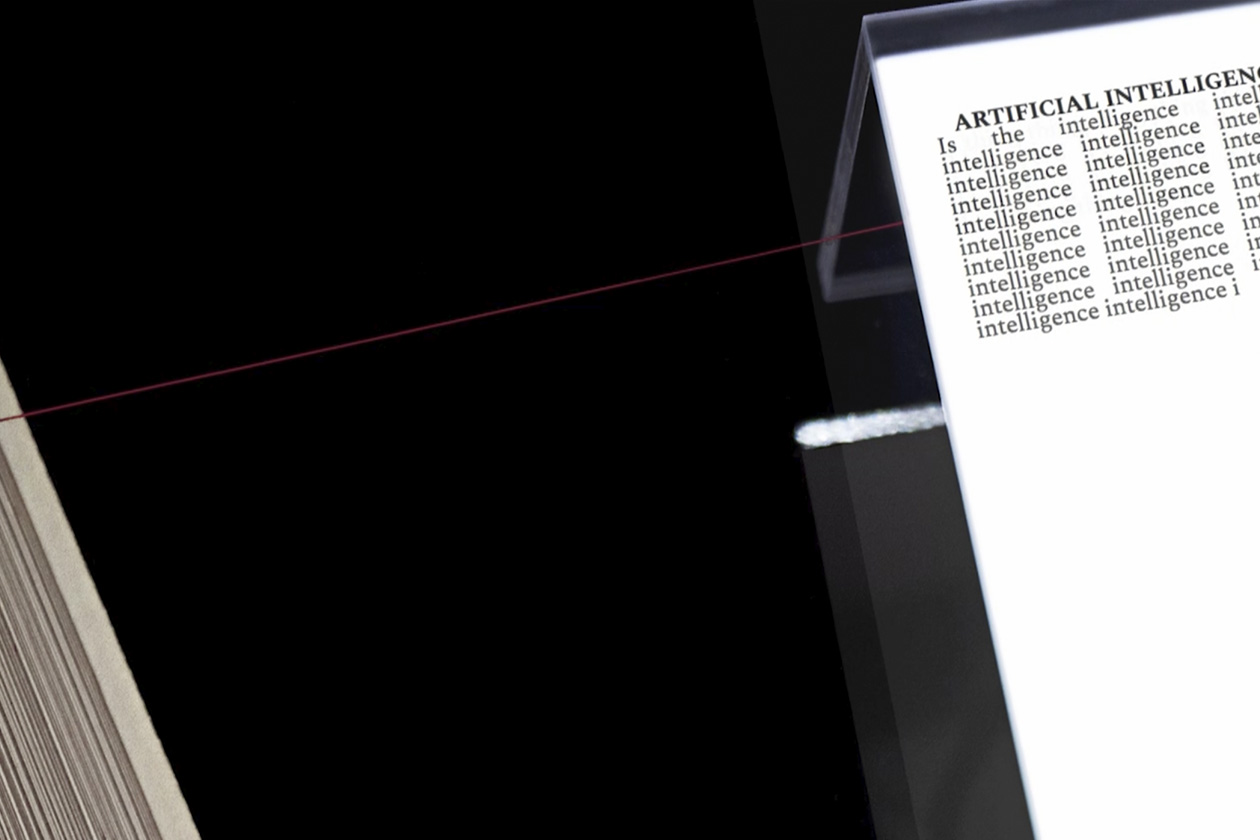
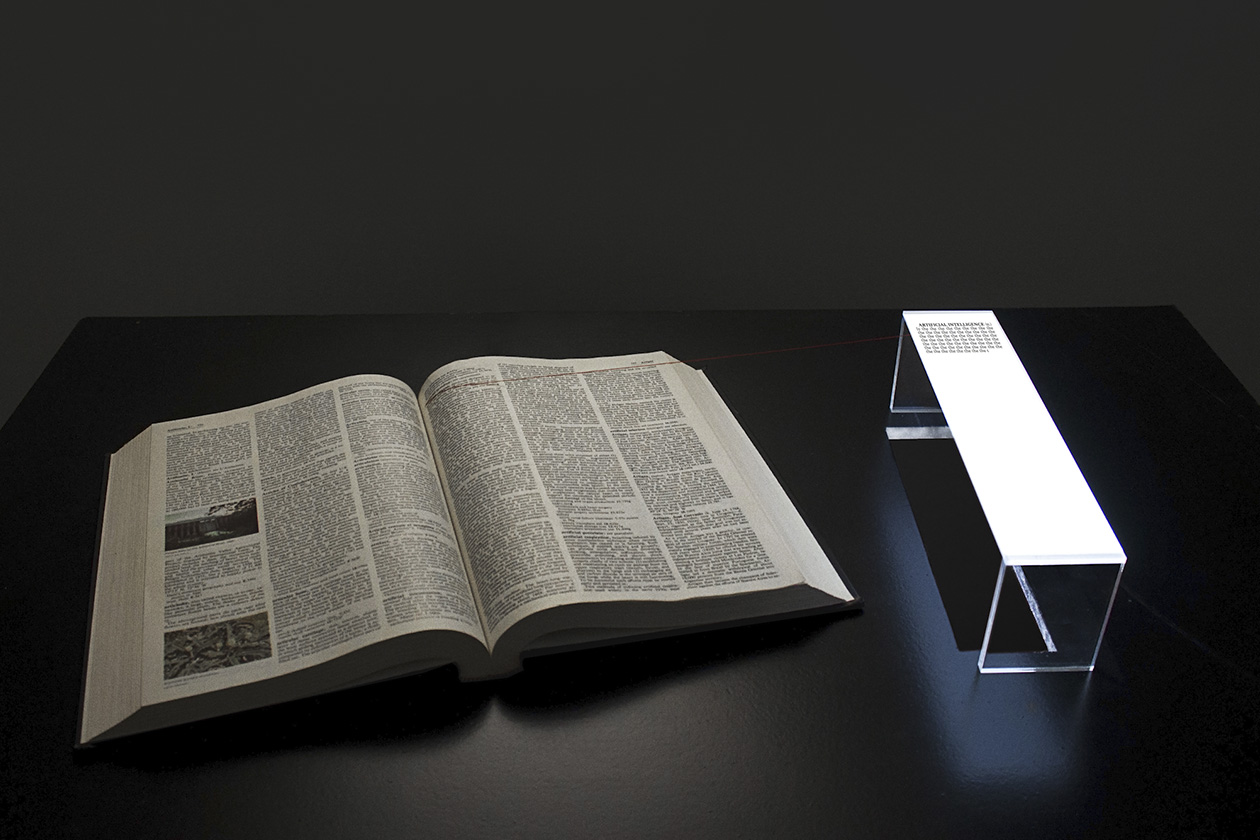
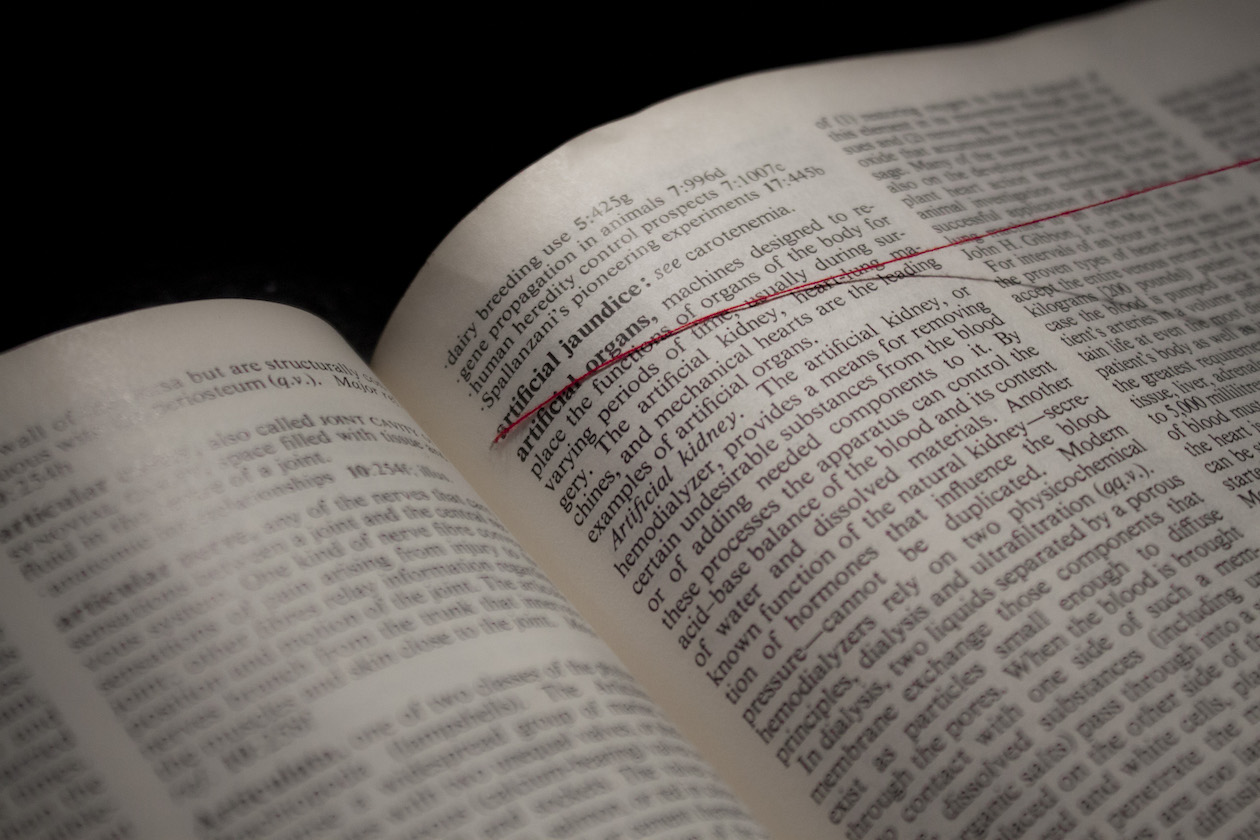
Daylight Apparatus / data machine
While the machine is drawing the circle, a graphite pen is rotated between 0° and 90°, depending on the surrounding light intensity. Thus the appearance of the line changes. With more light, the line becomes thinner. With less light, the line becomes thicker.
University of the Arts Berlin
Berlin, Germany
2016
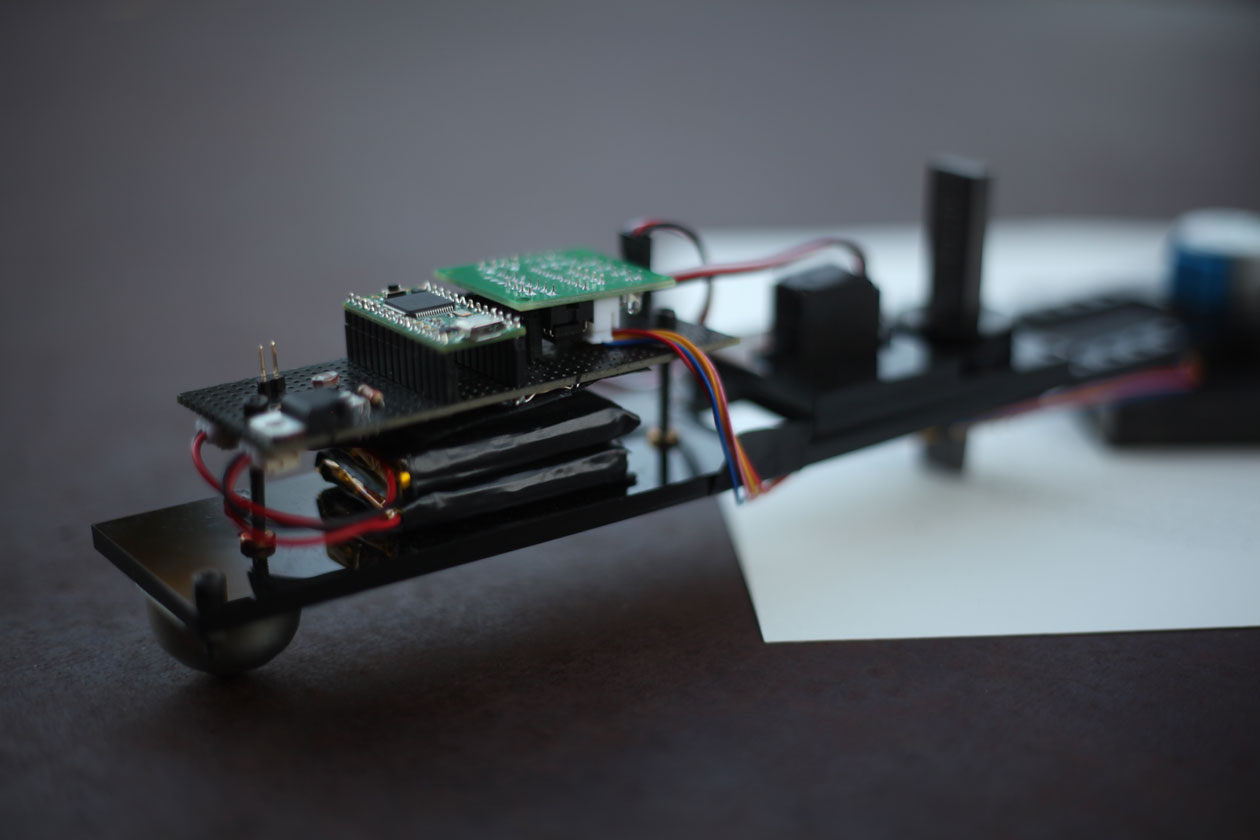
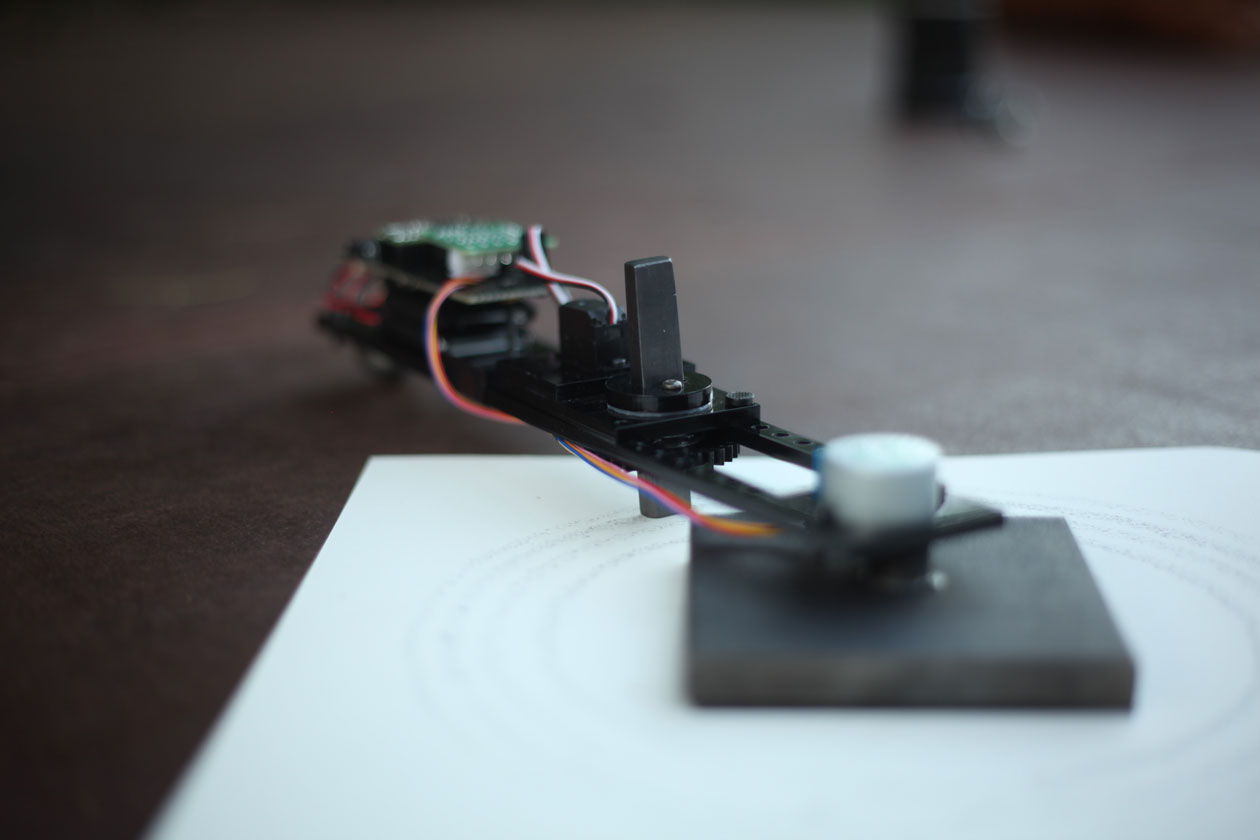
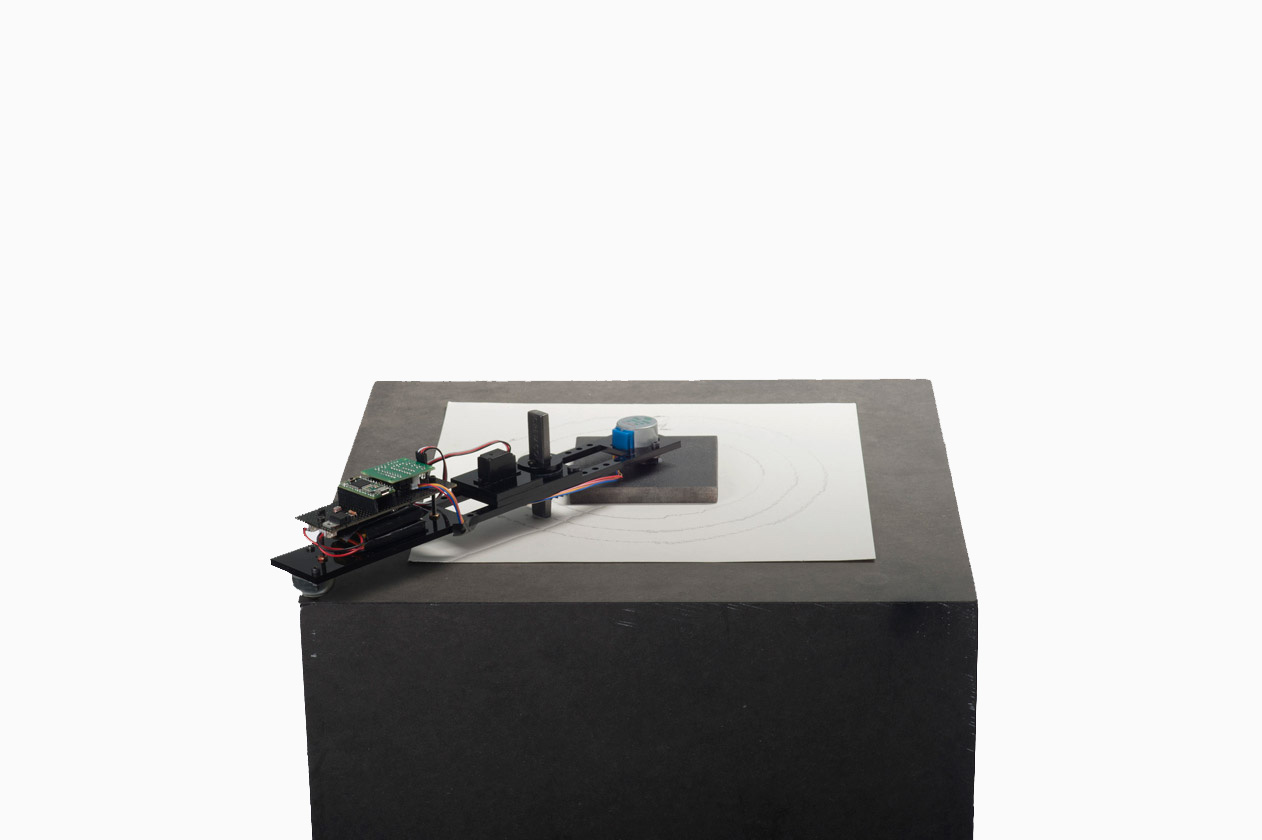
Klangwellen / installation
This project was supported by:
Lorenz Raab and Andreas Schmelas
University of the Arts Berlin
Berlin, Germany
2015
